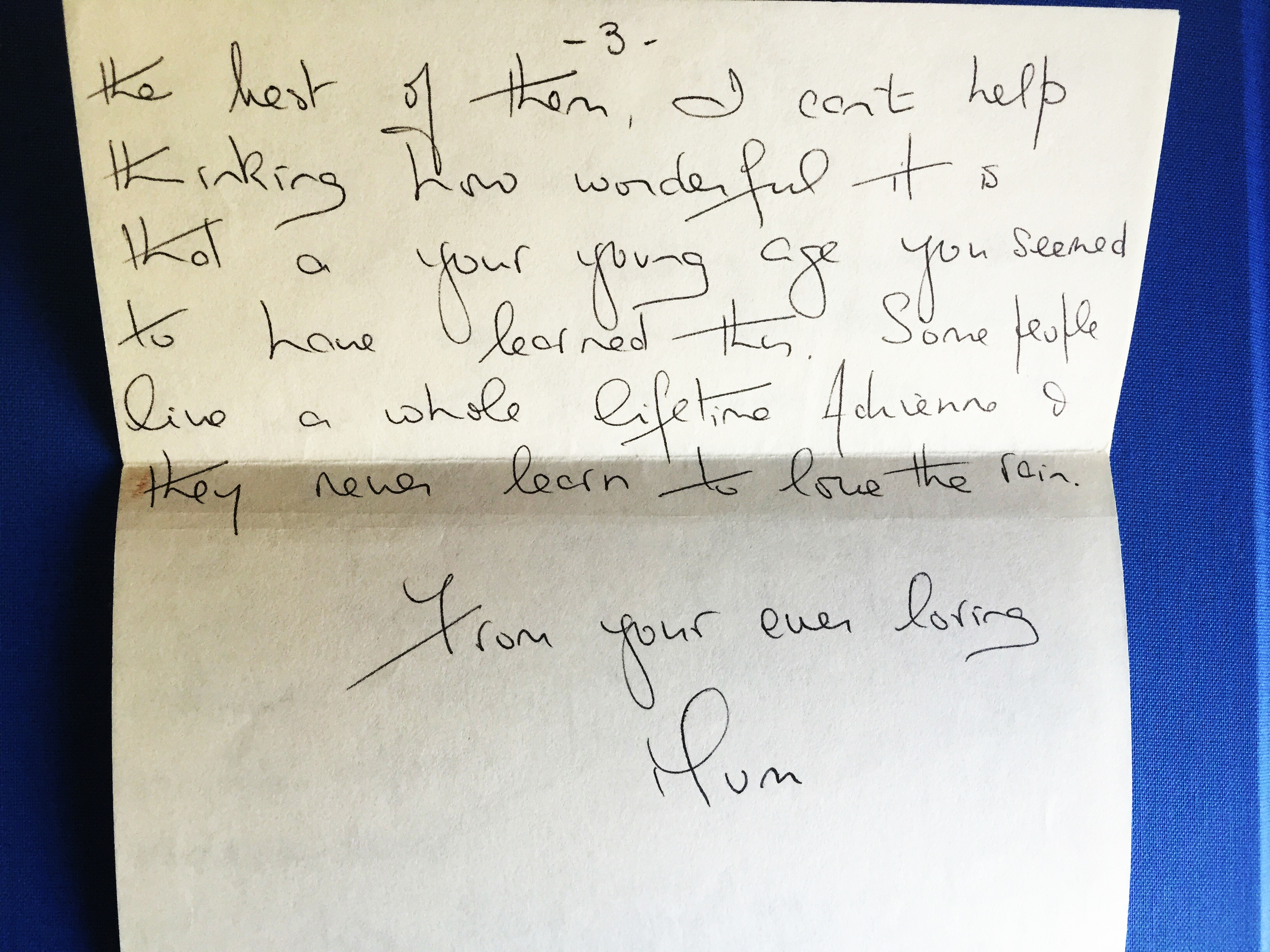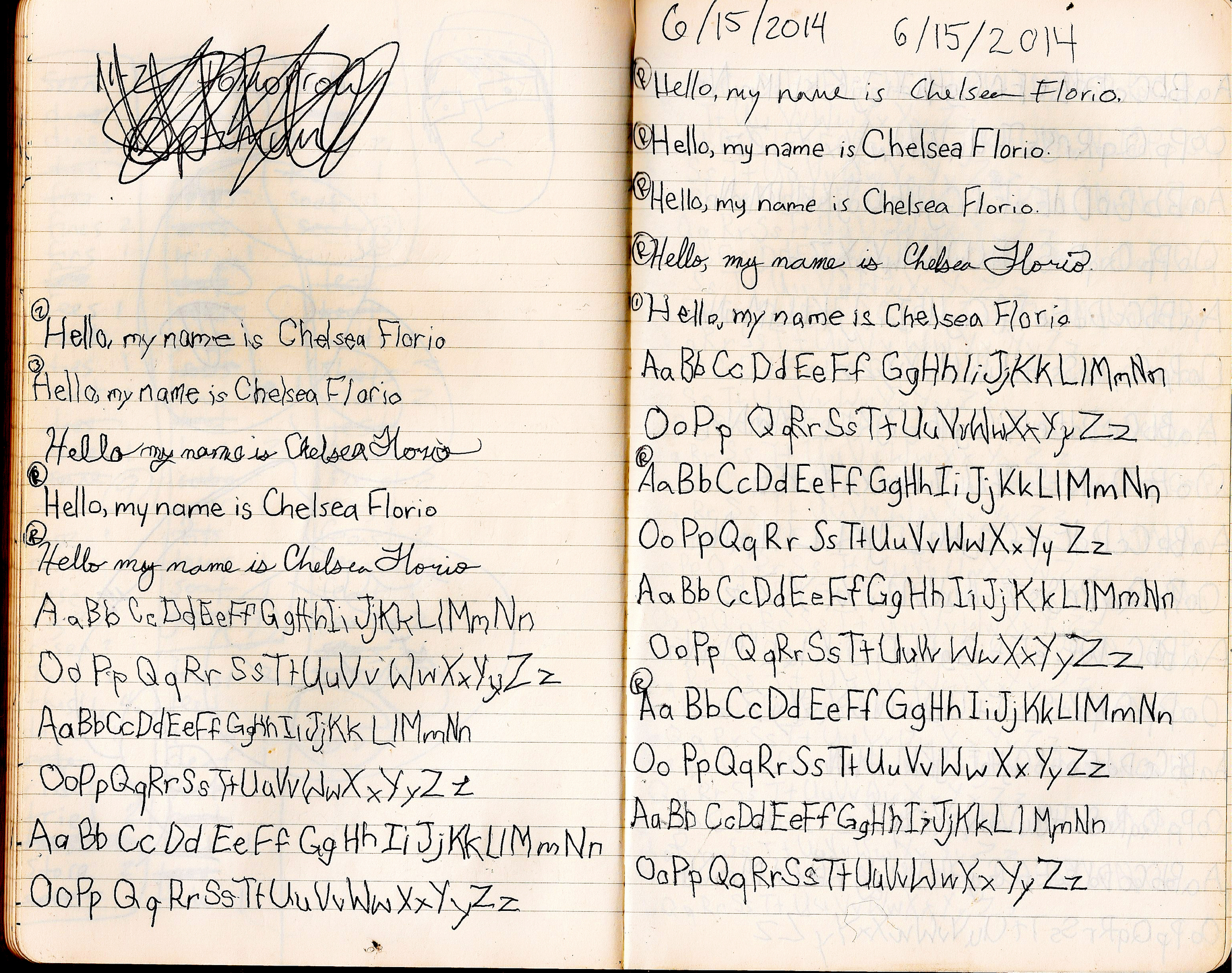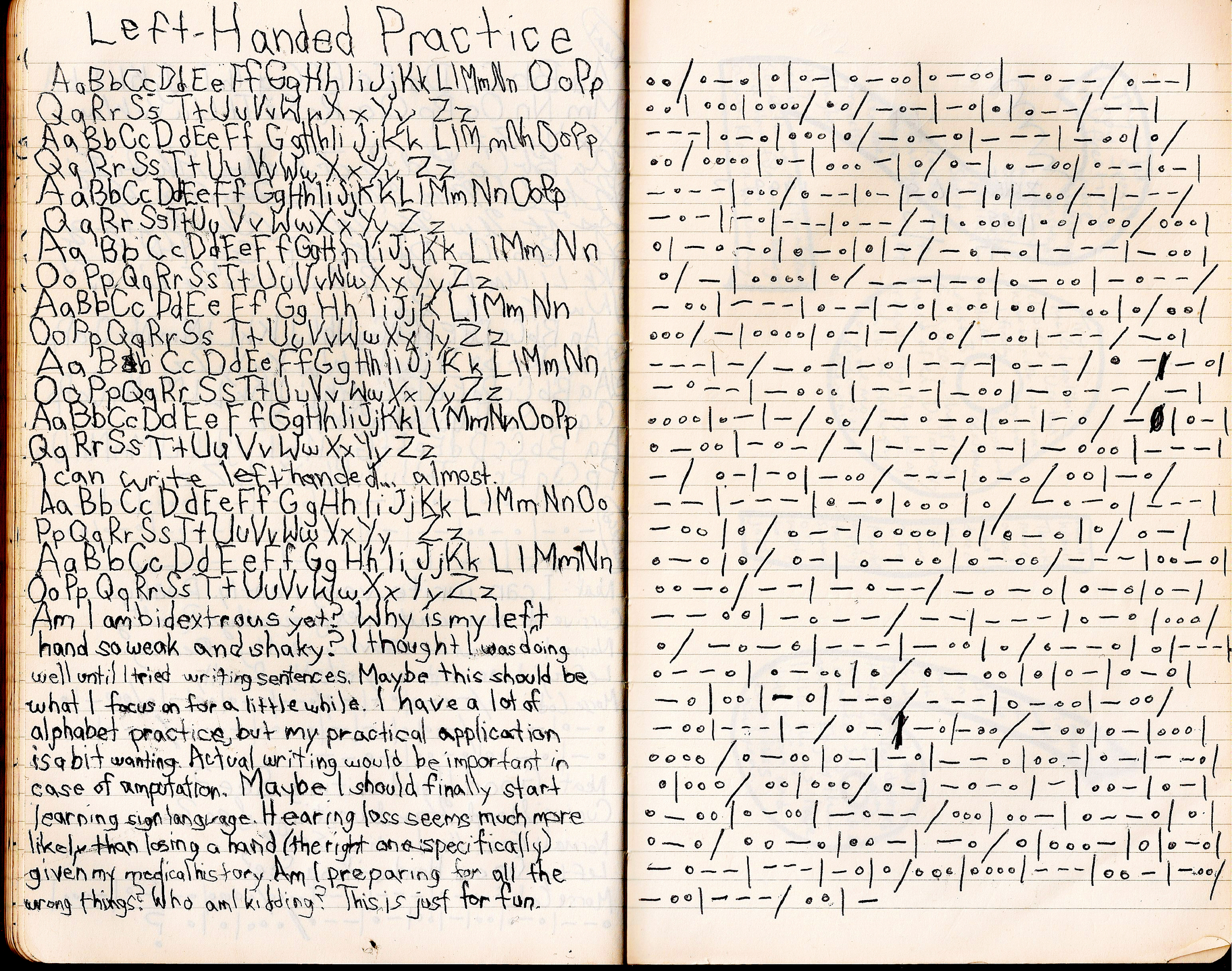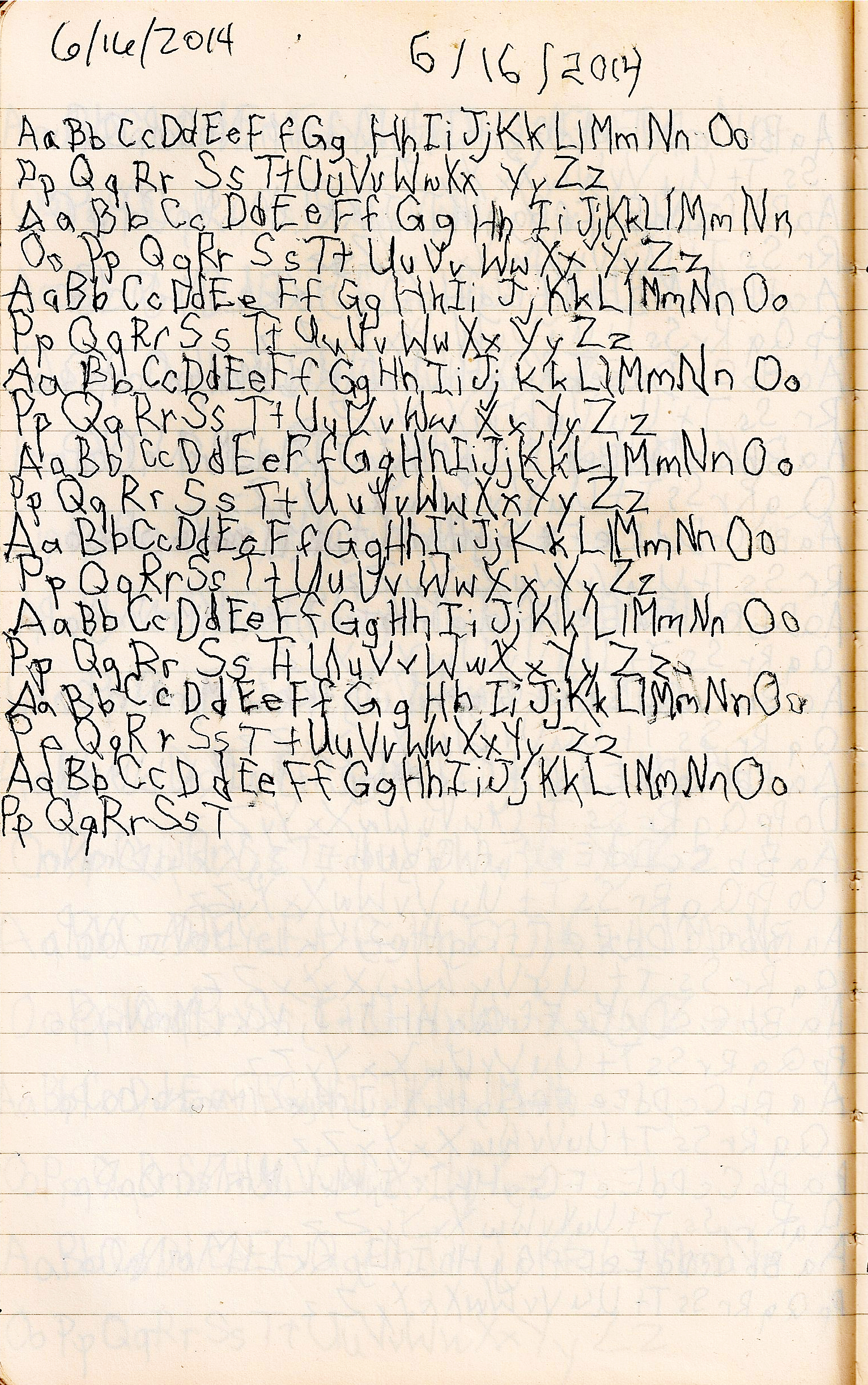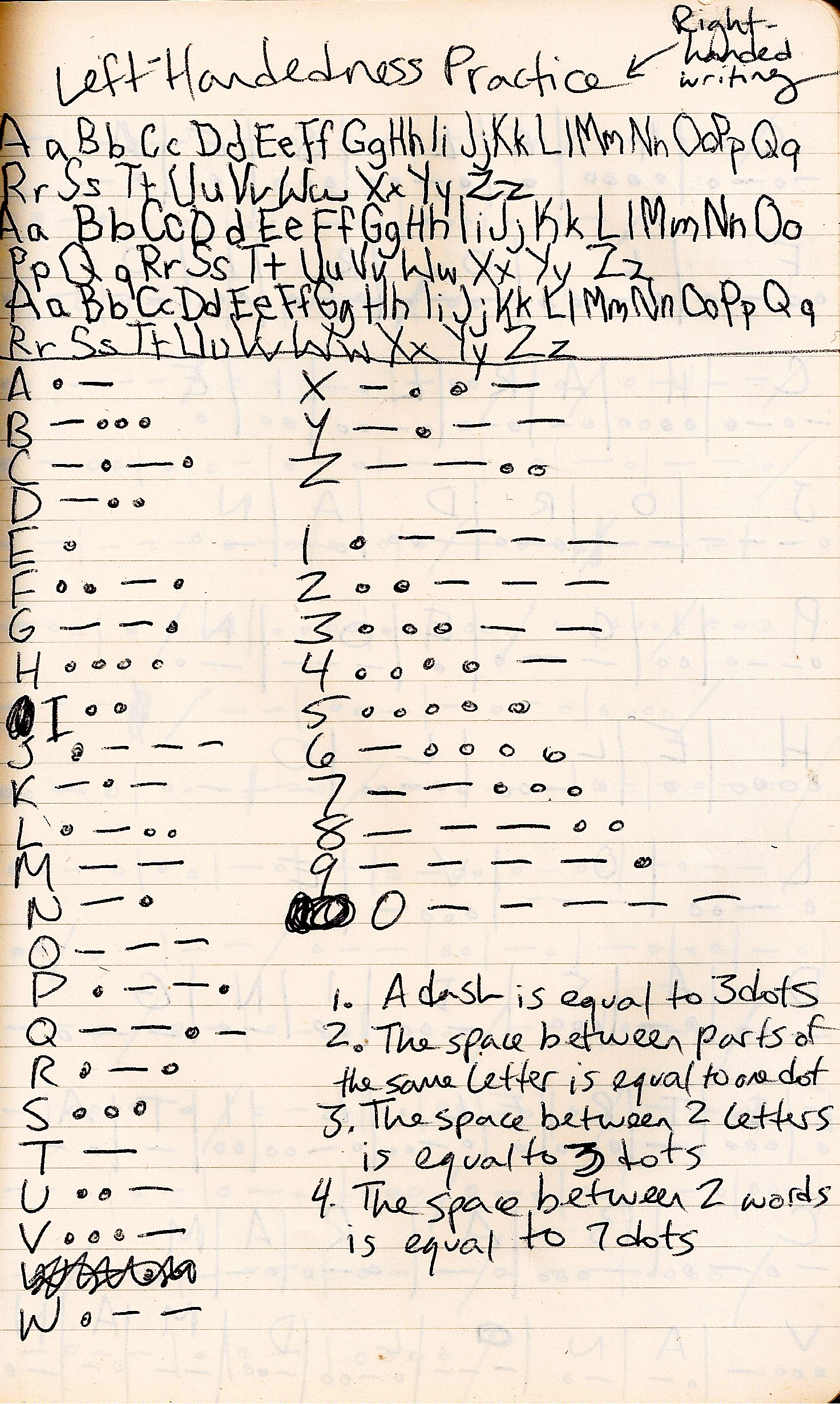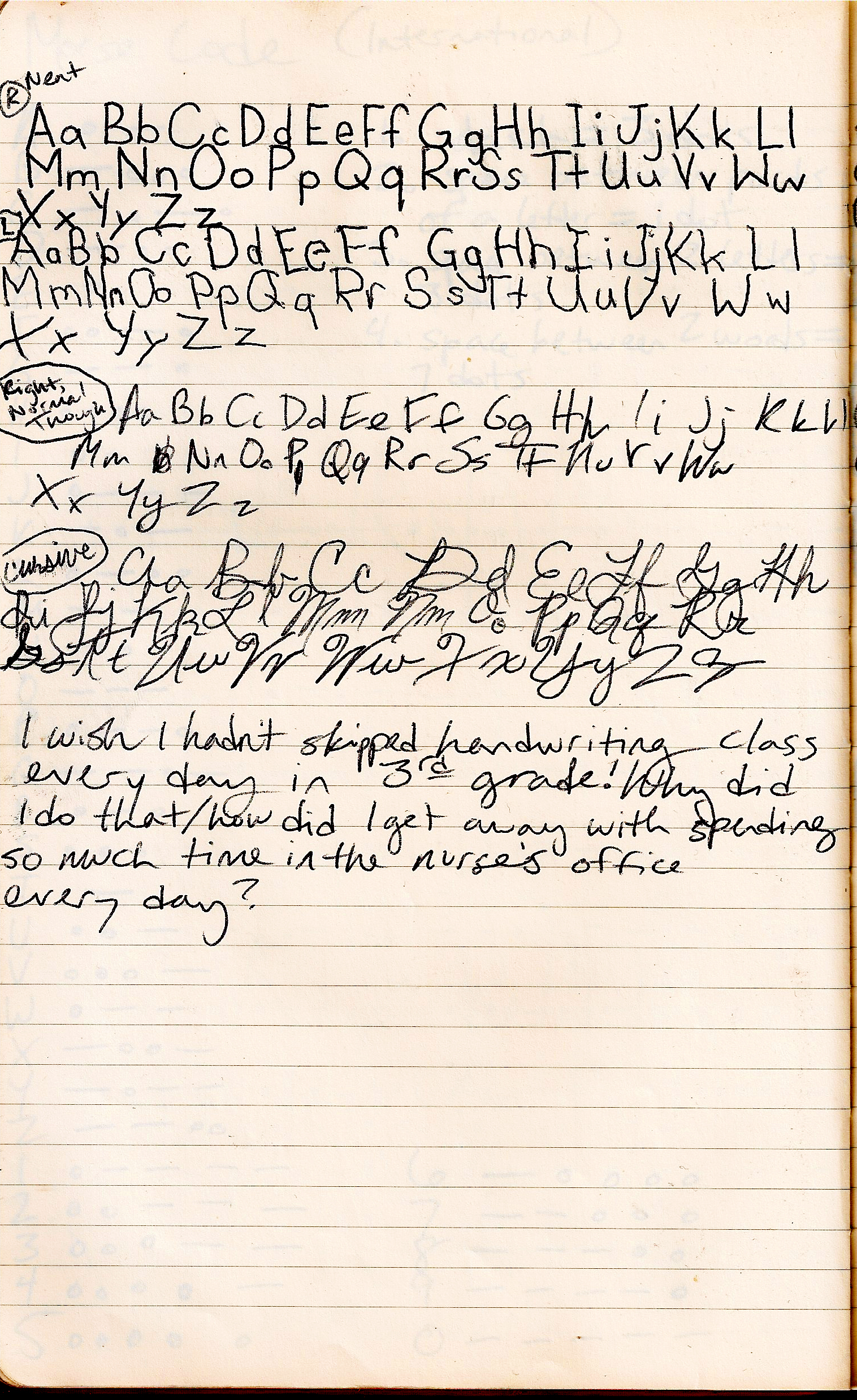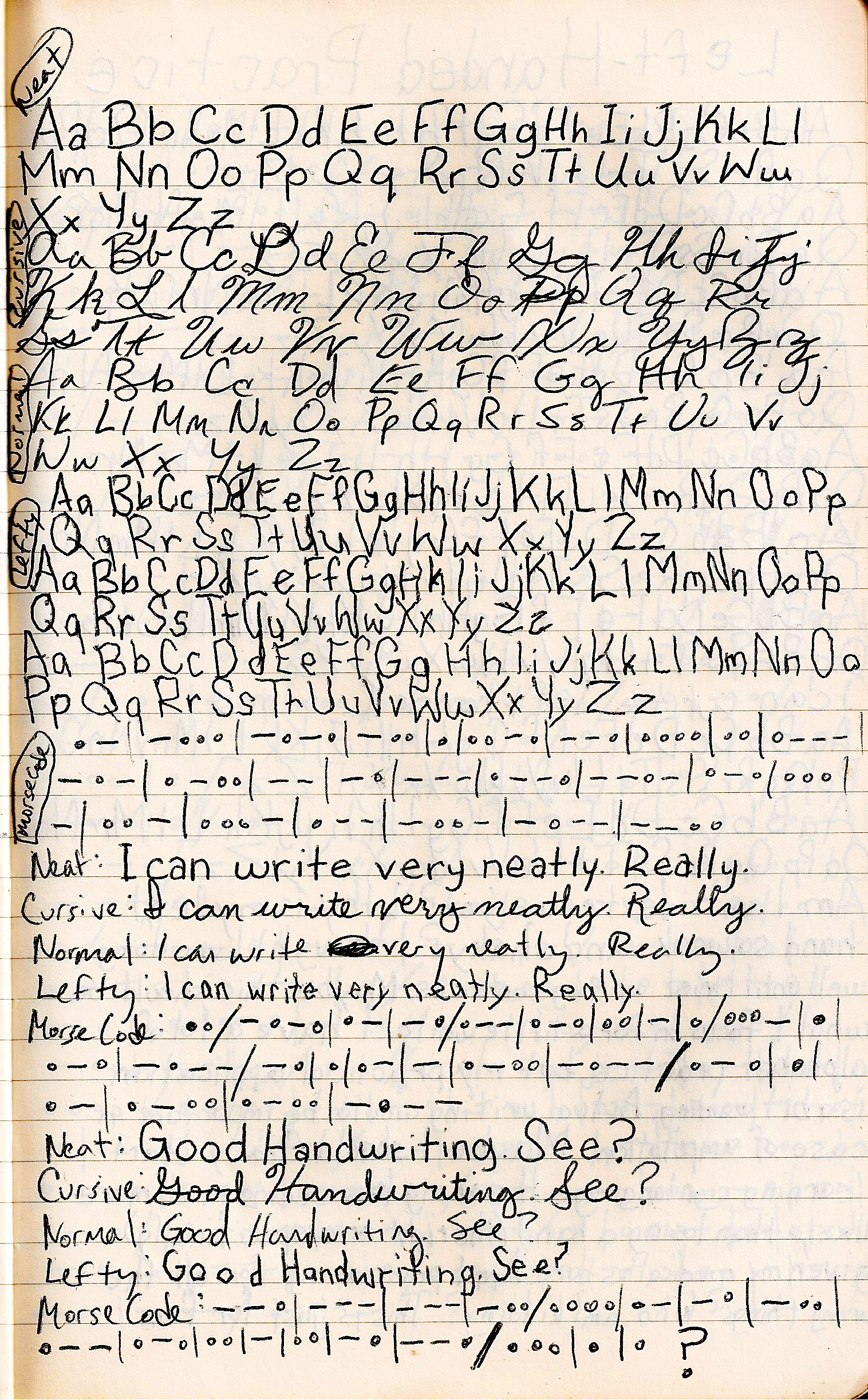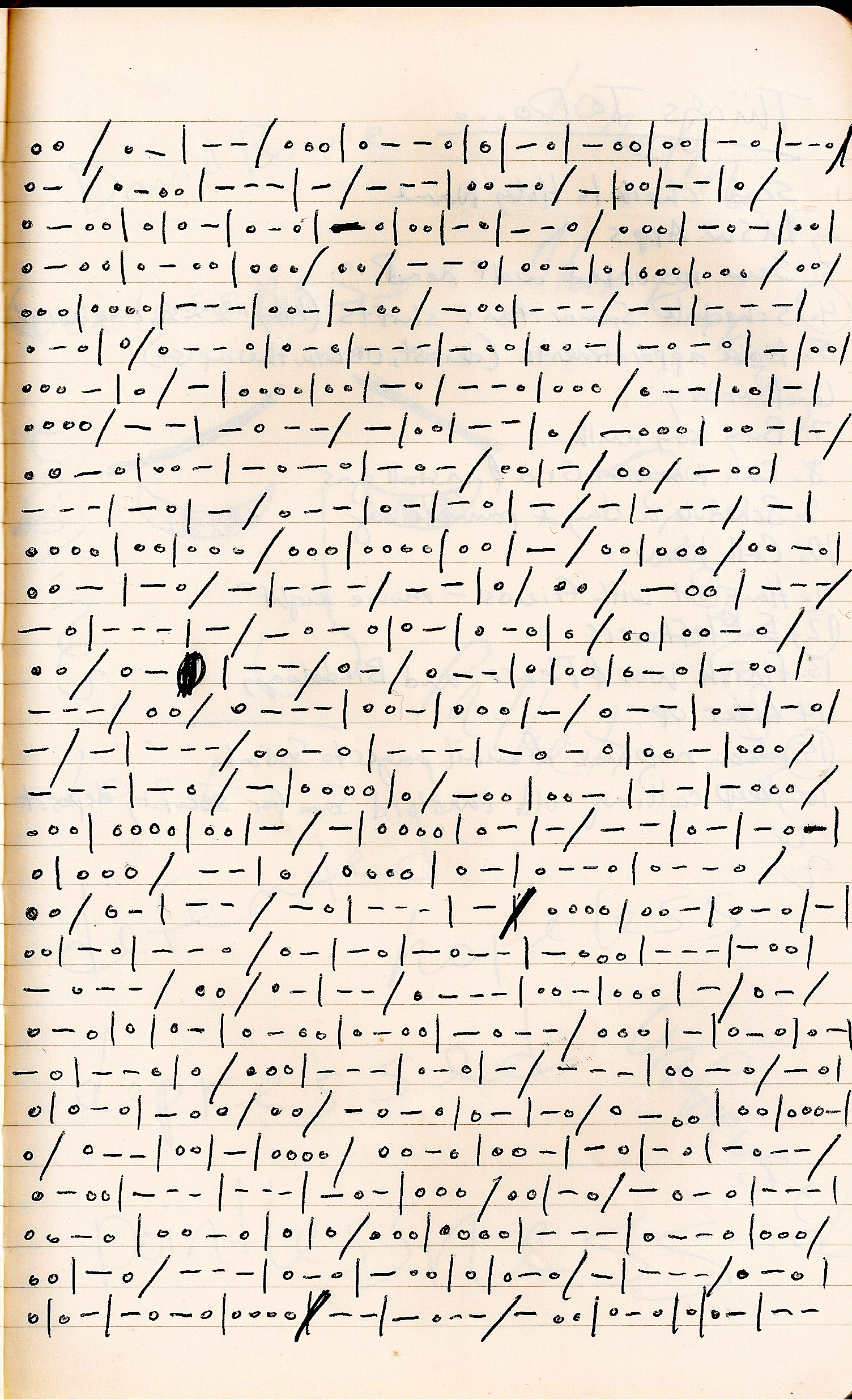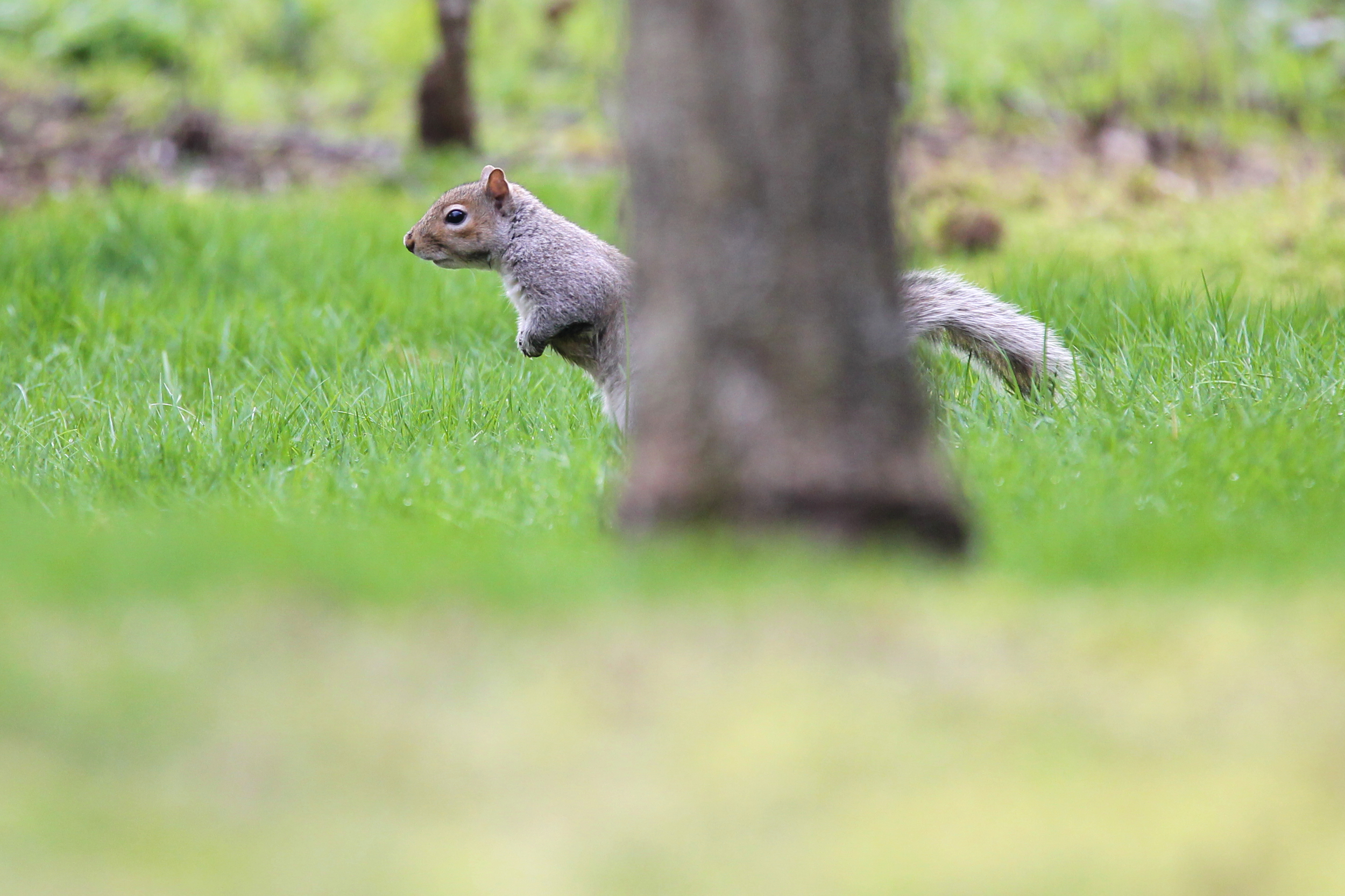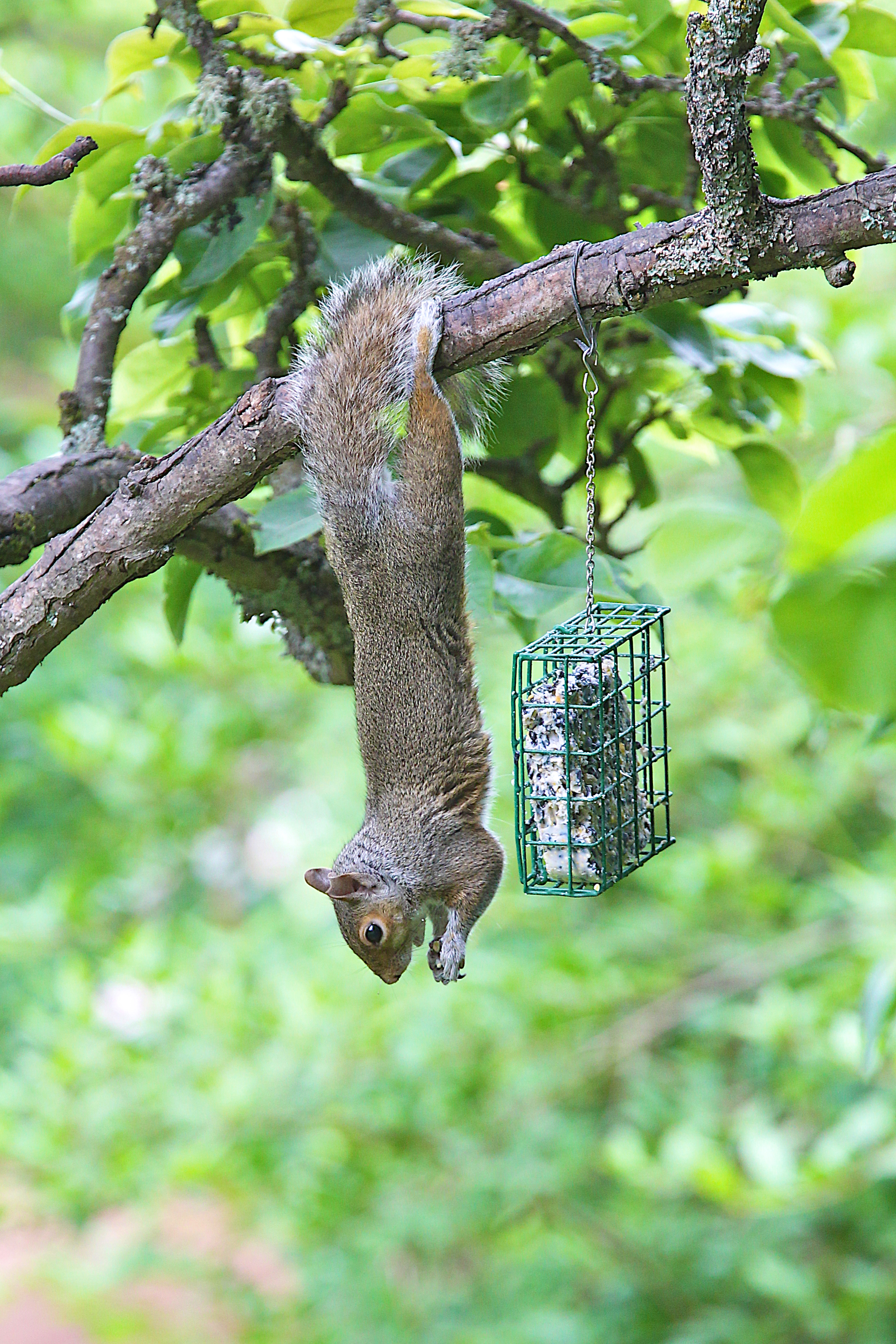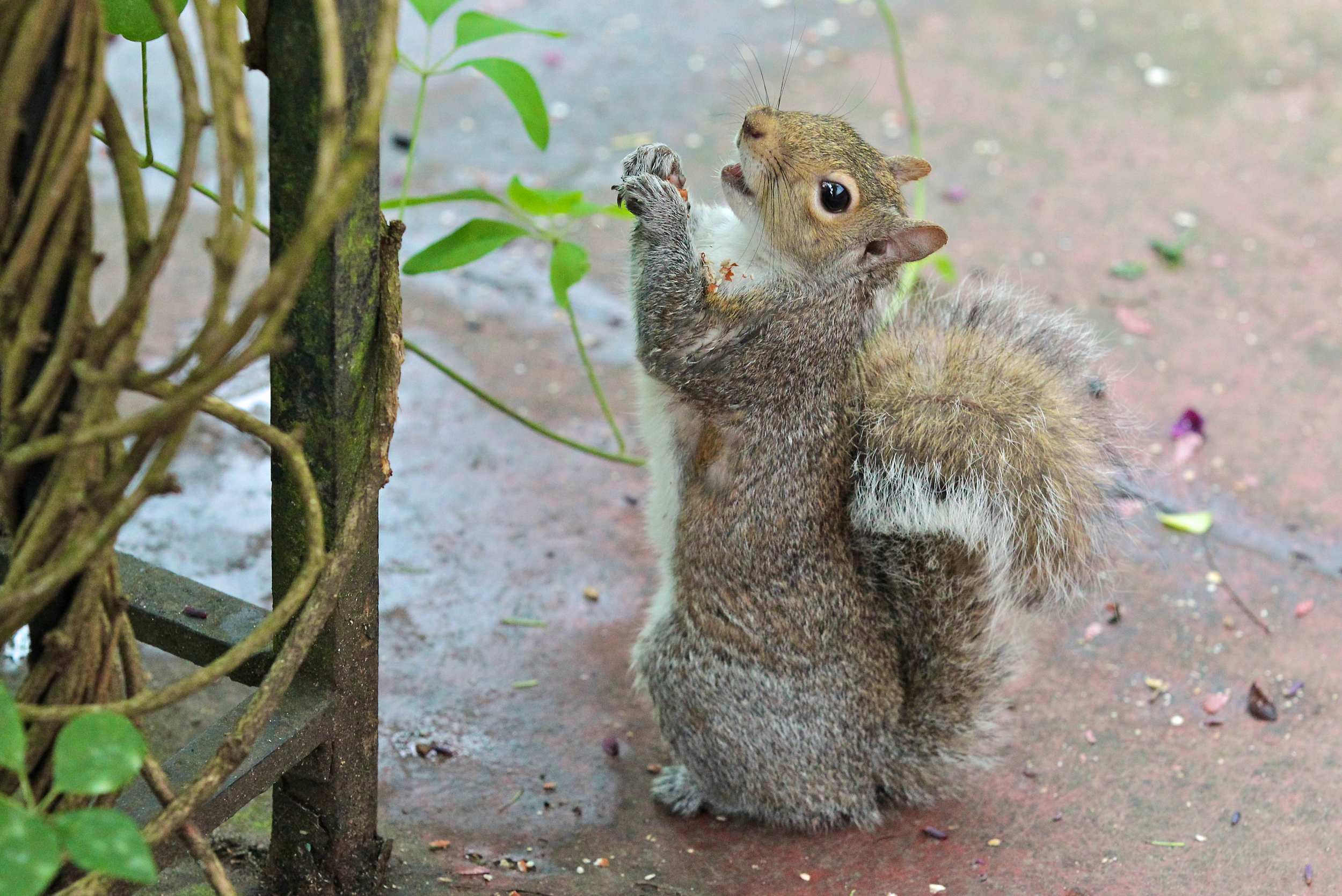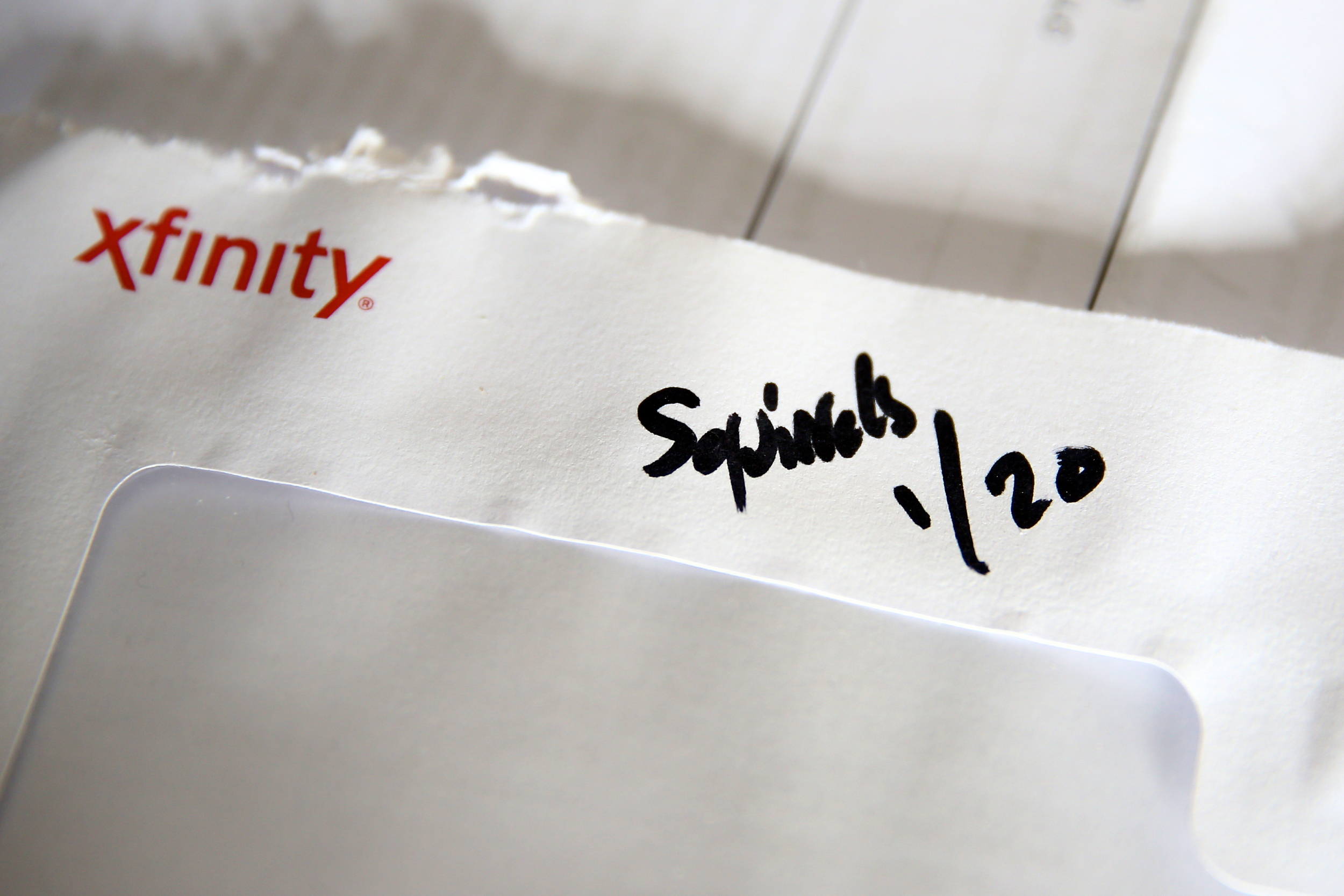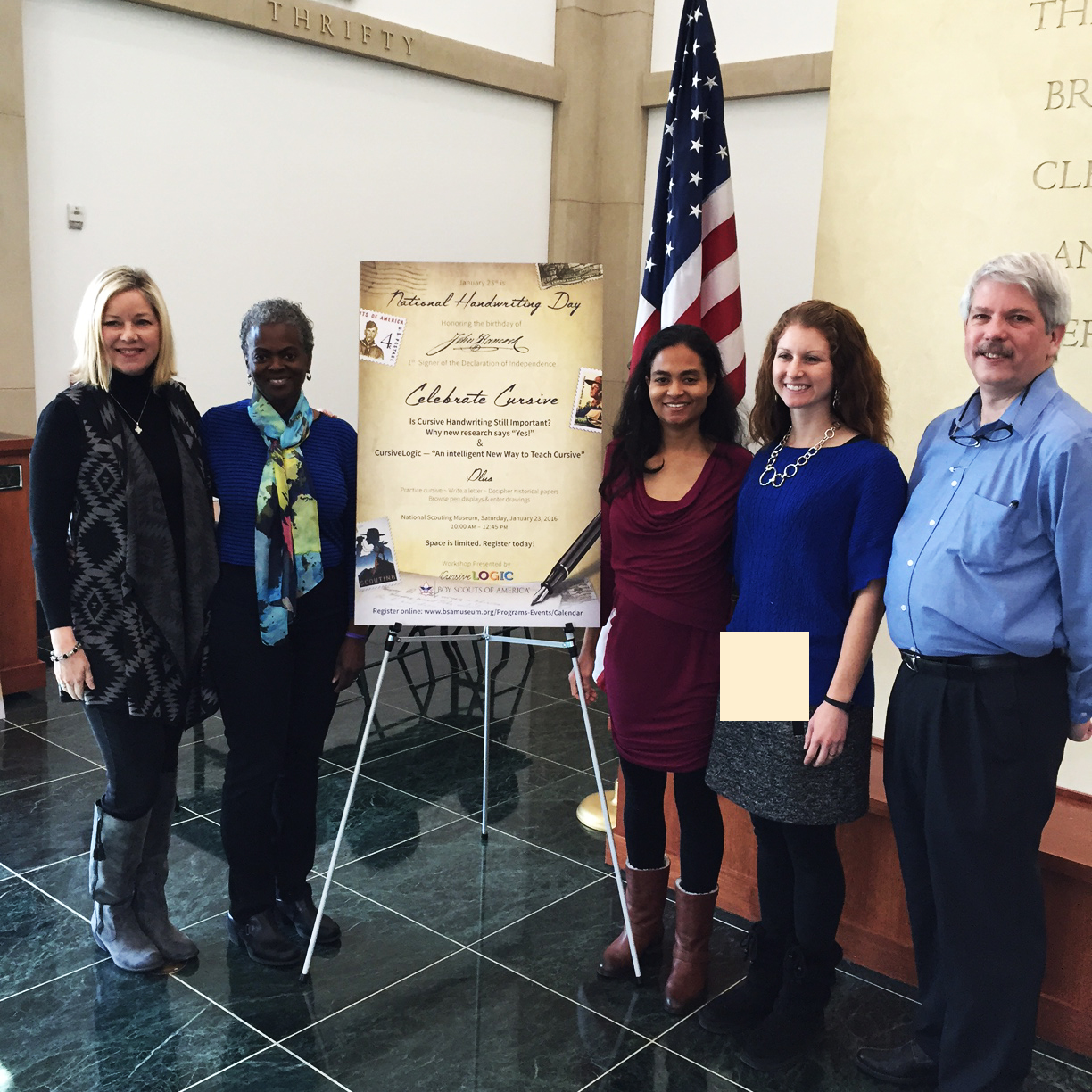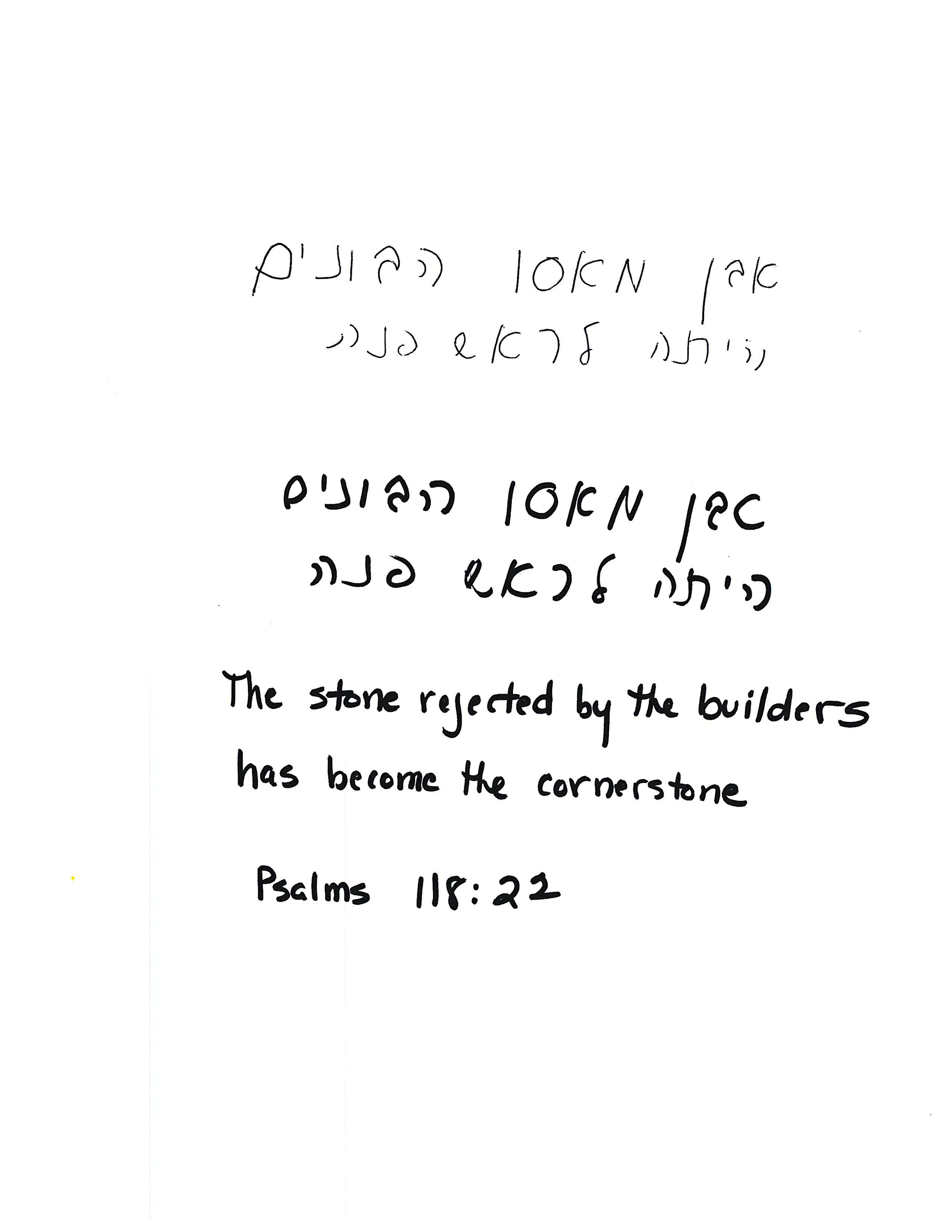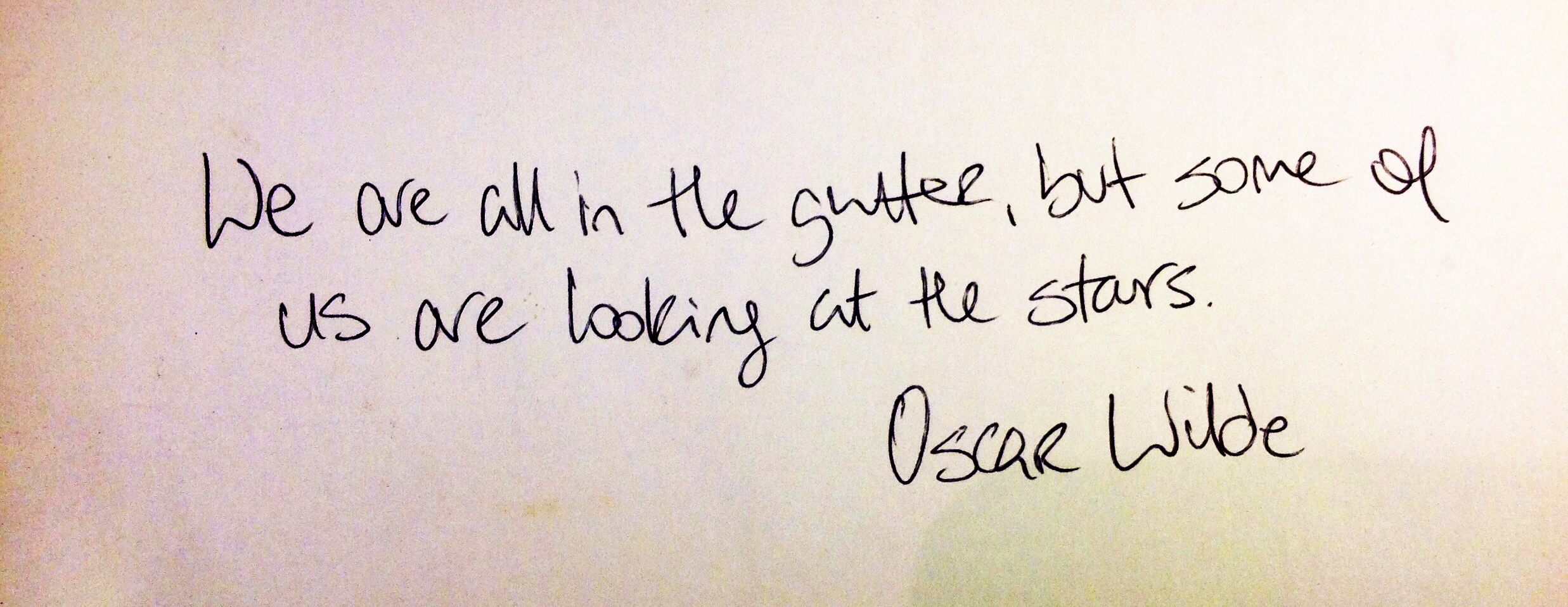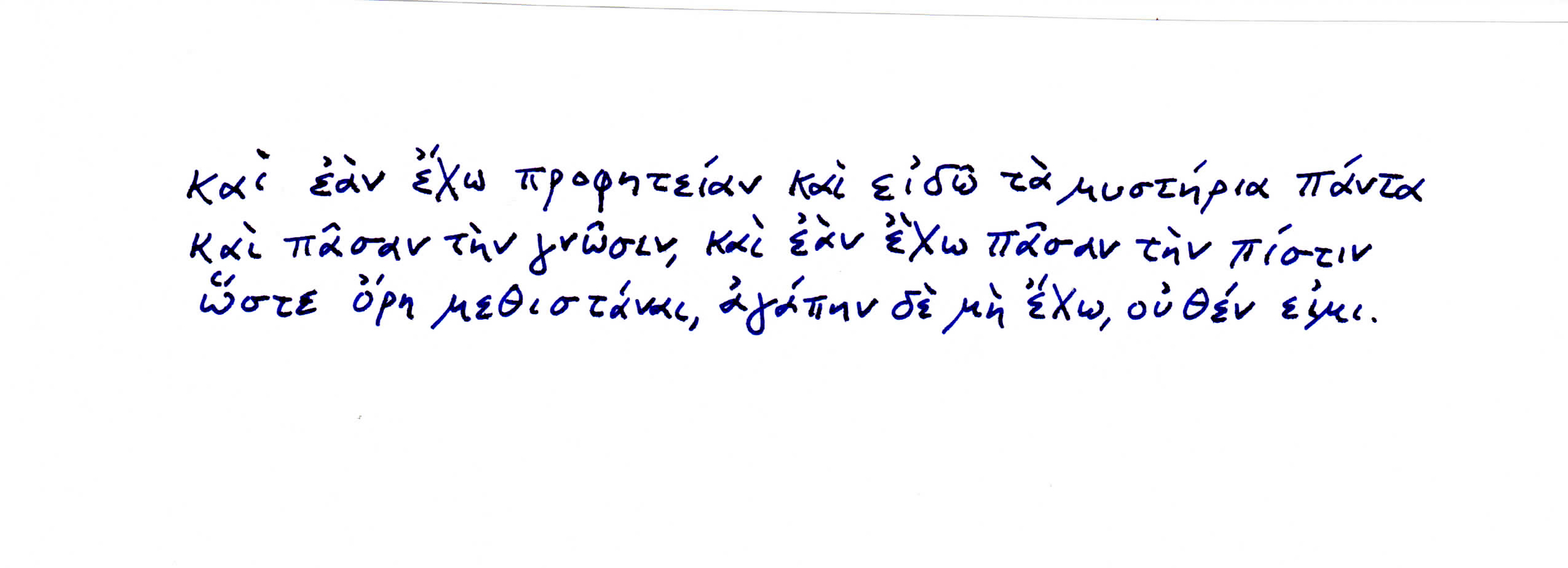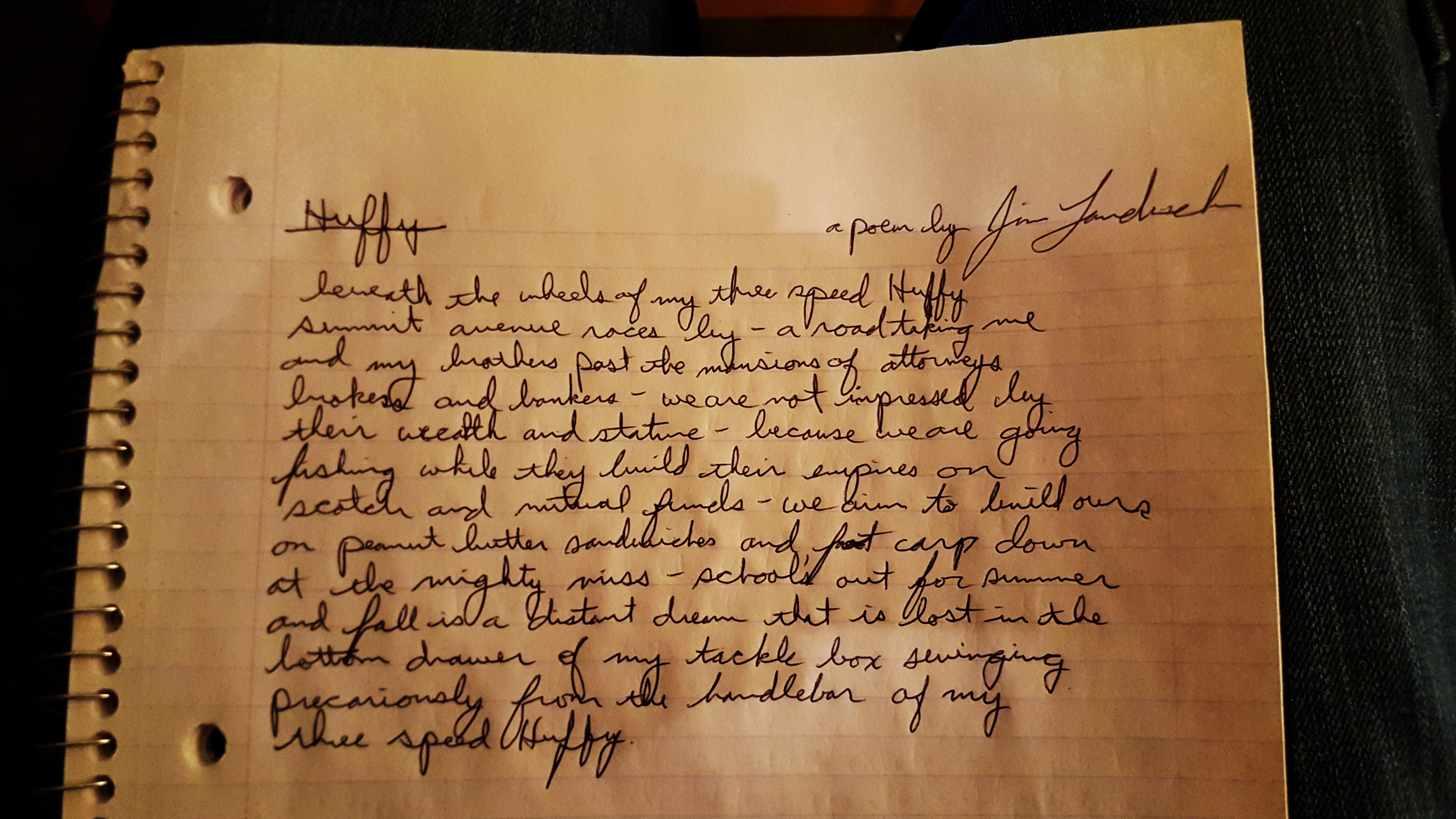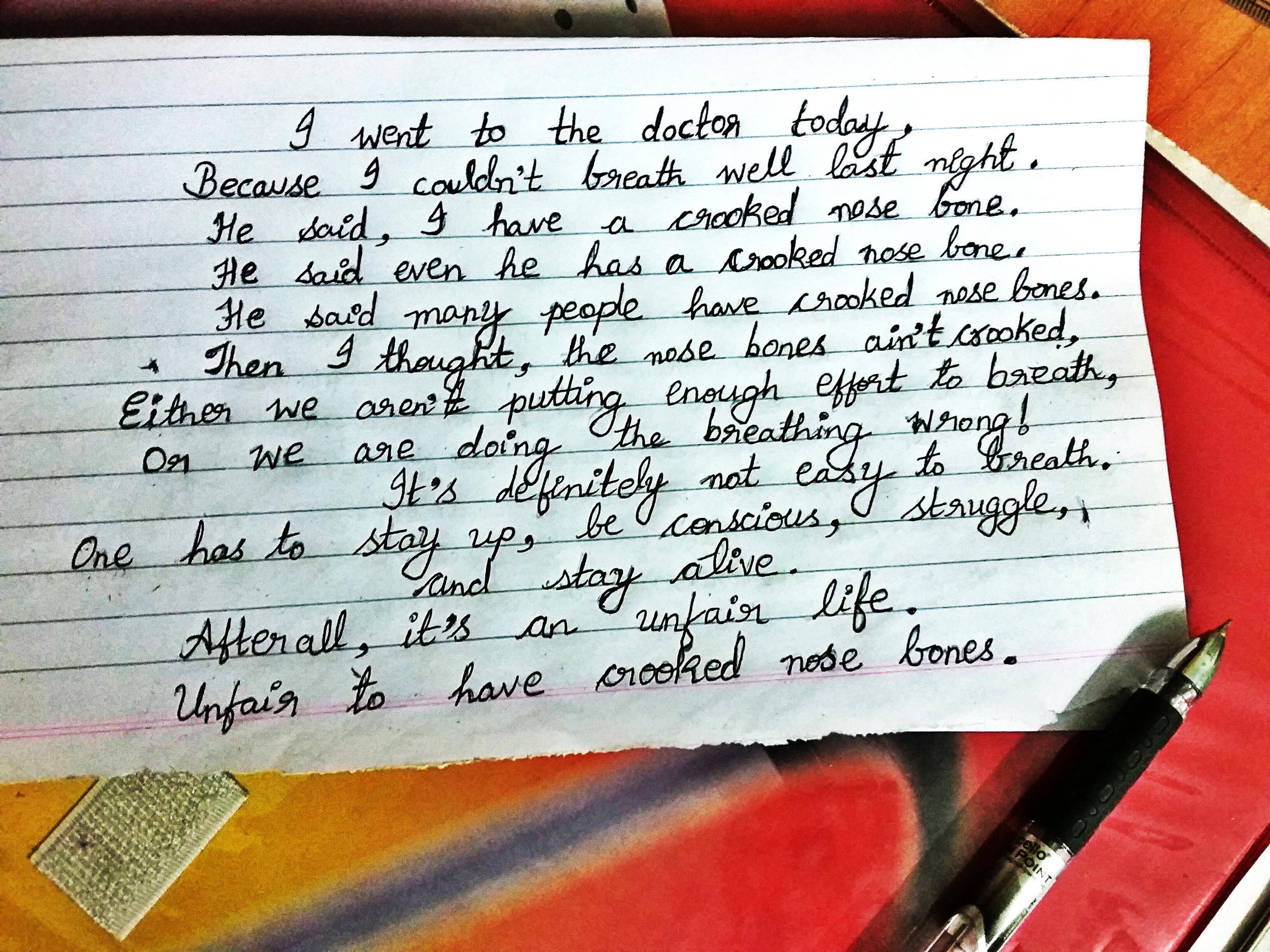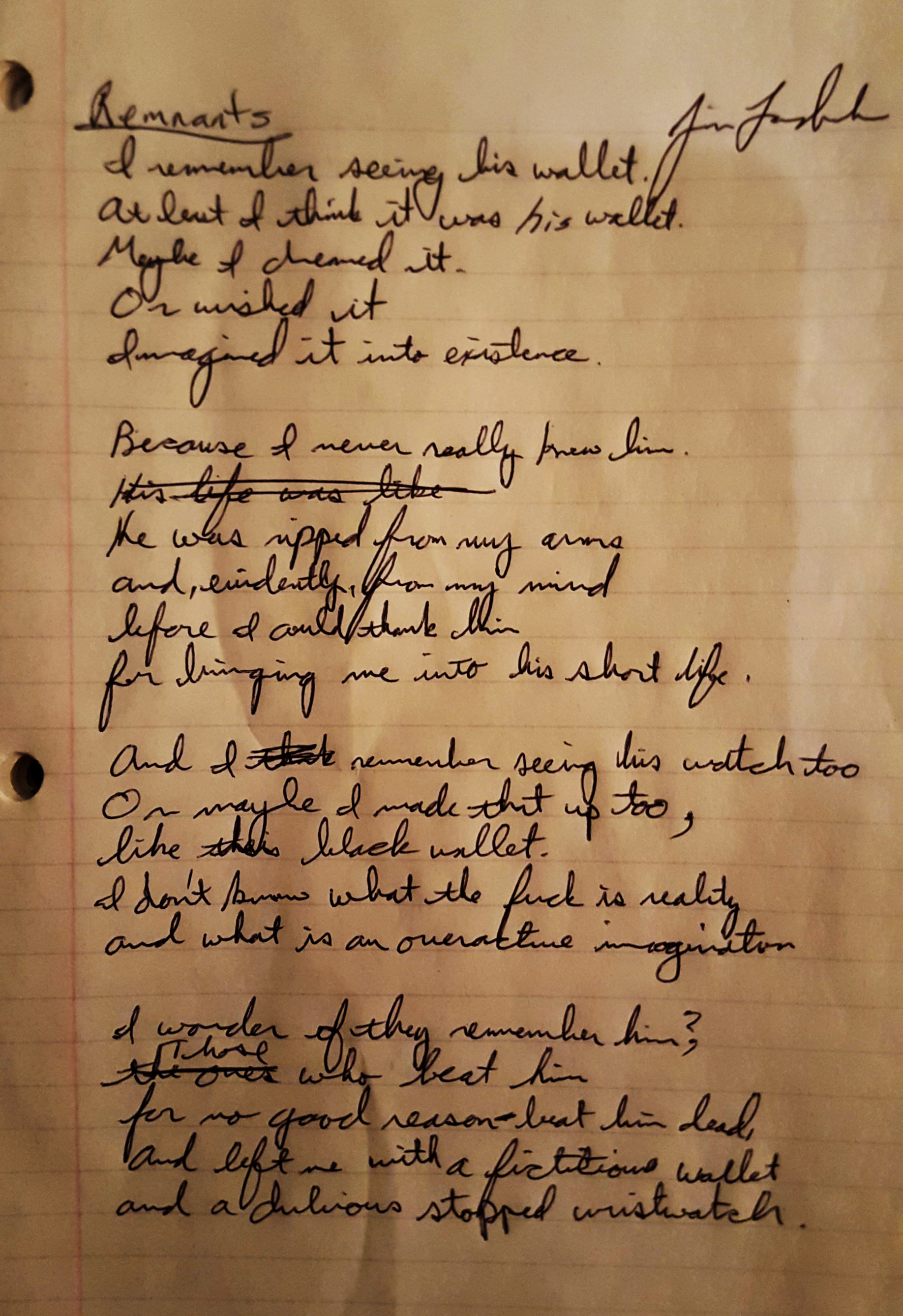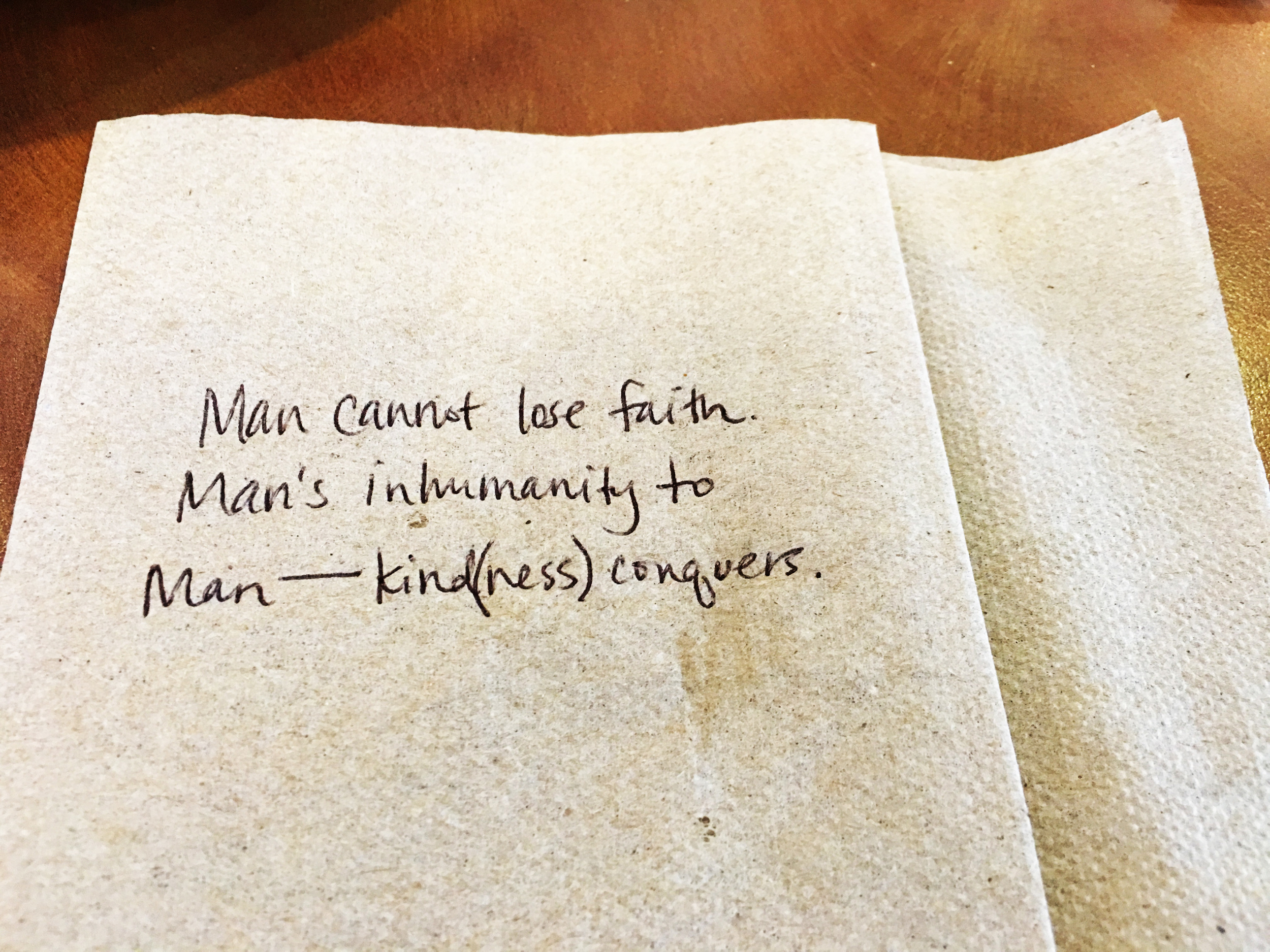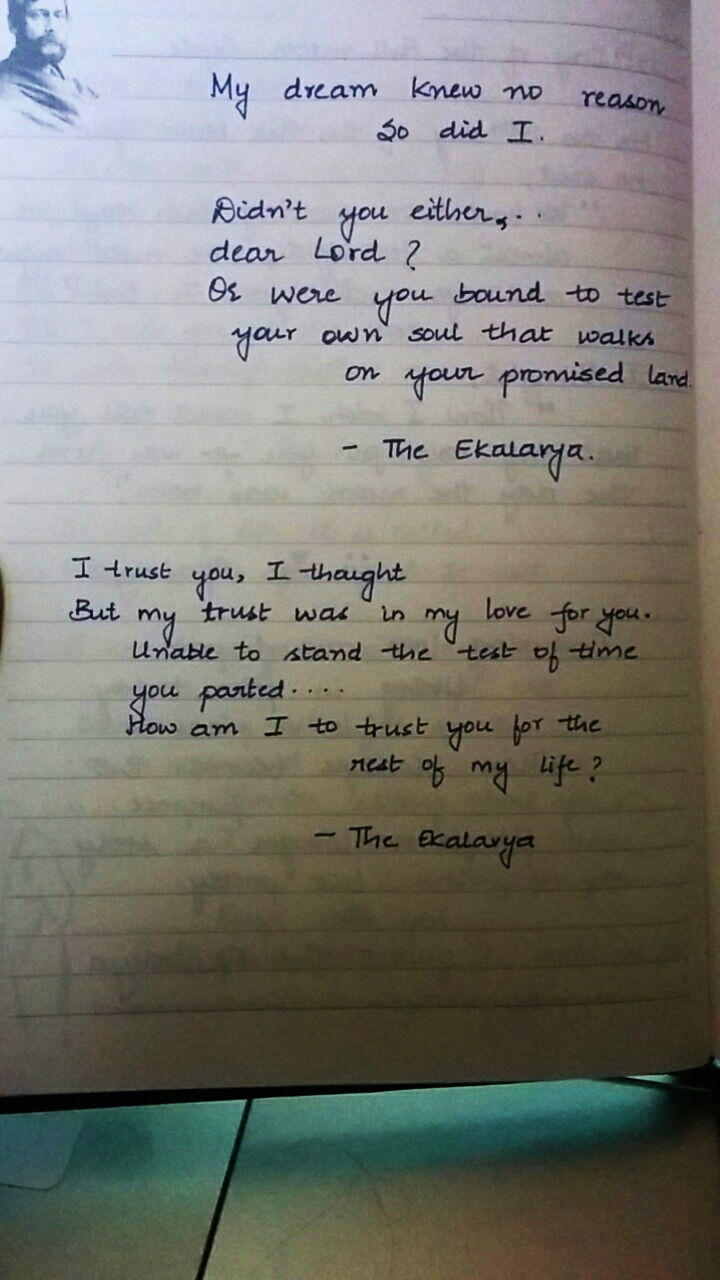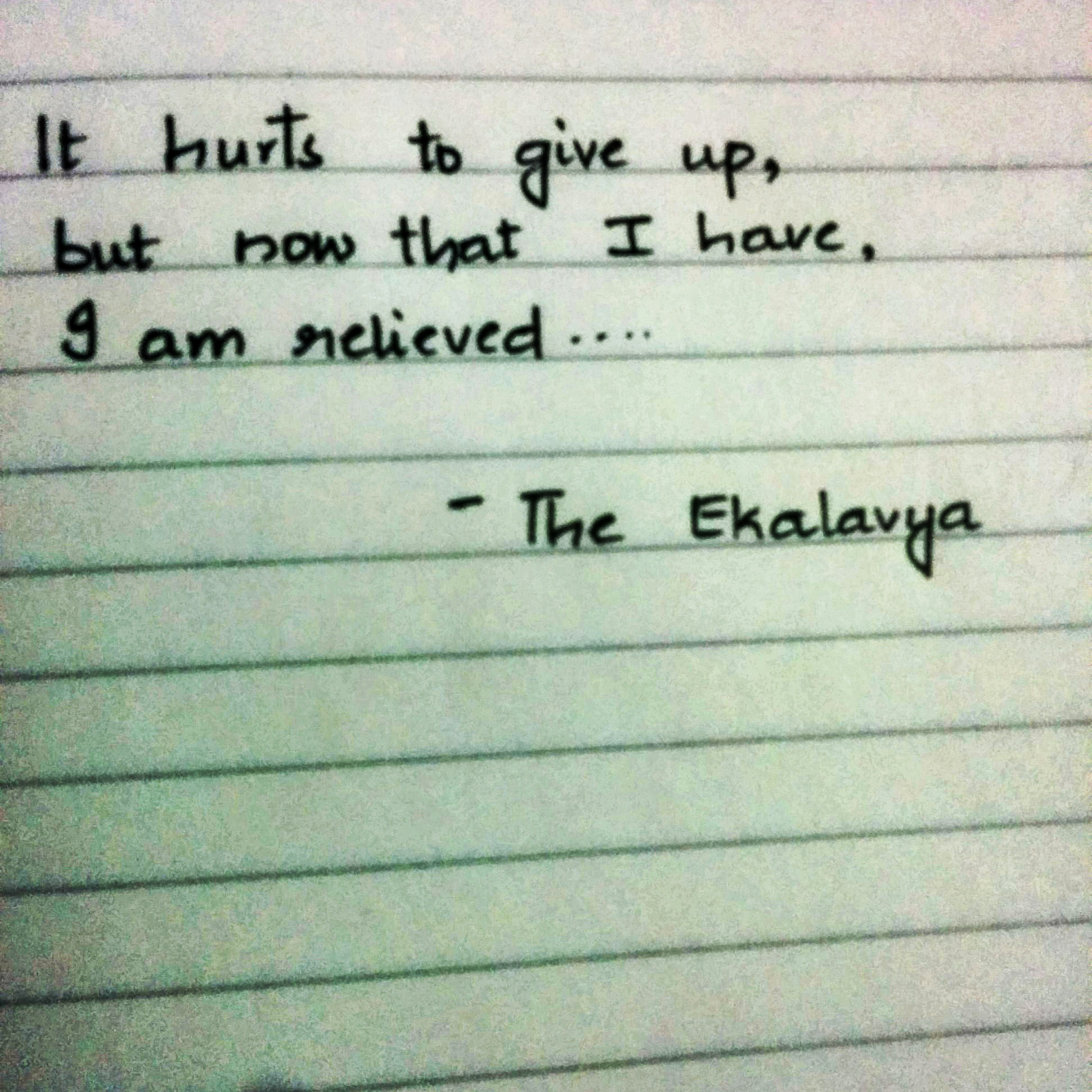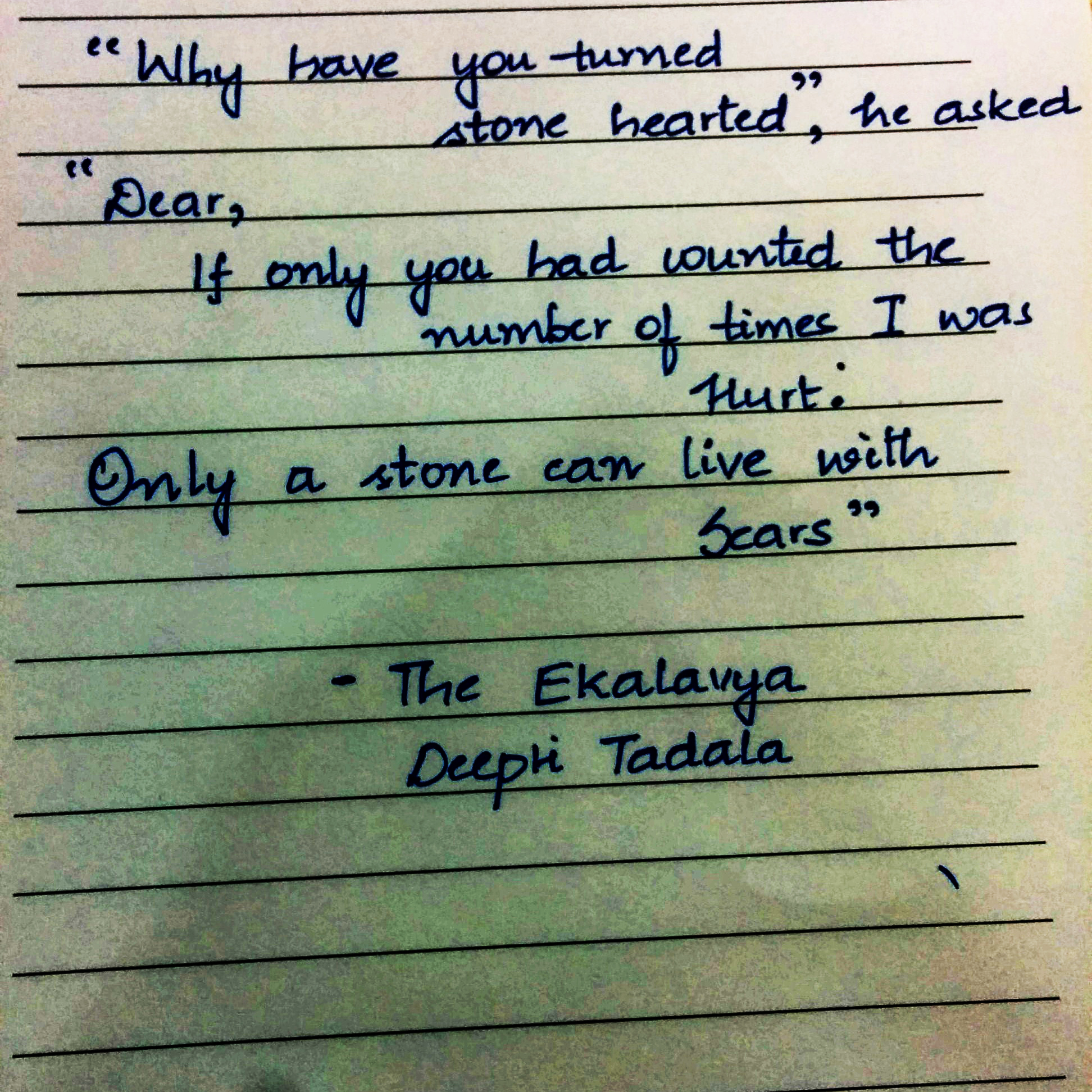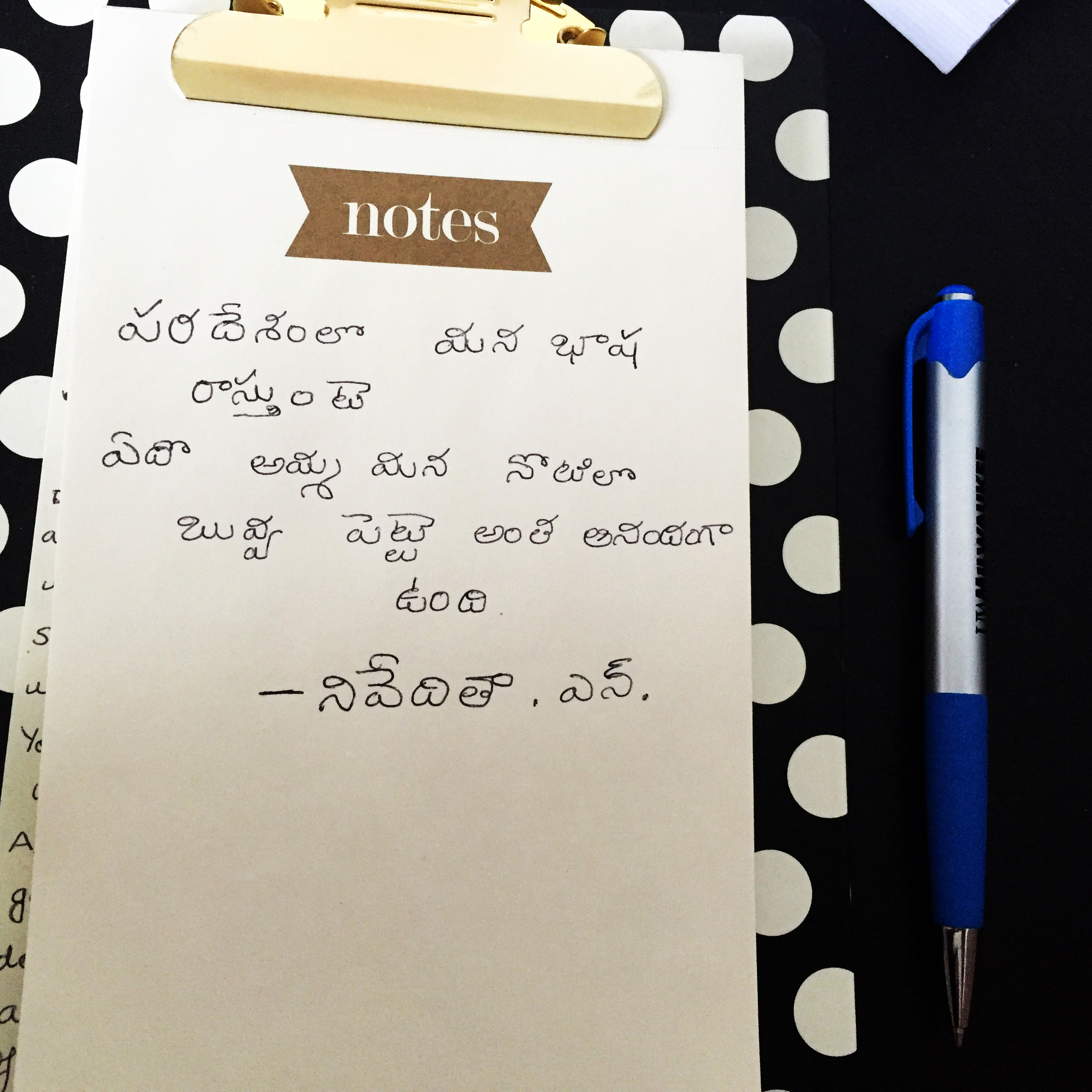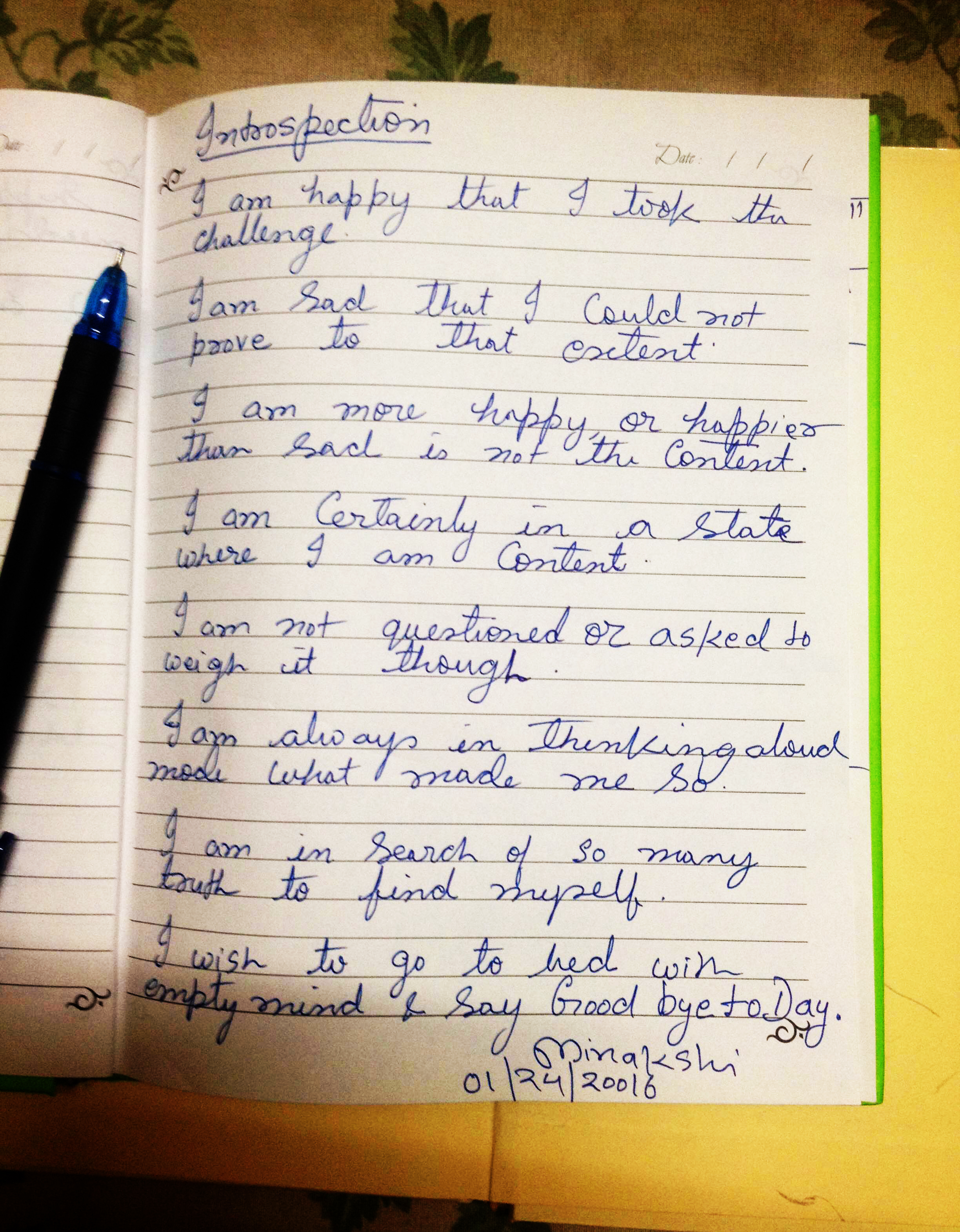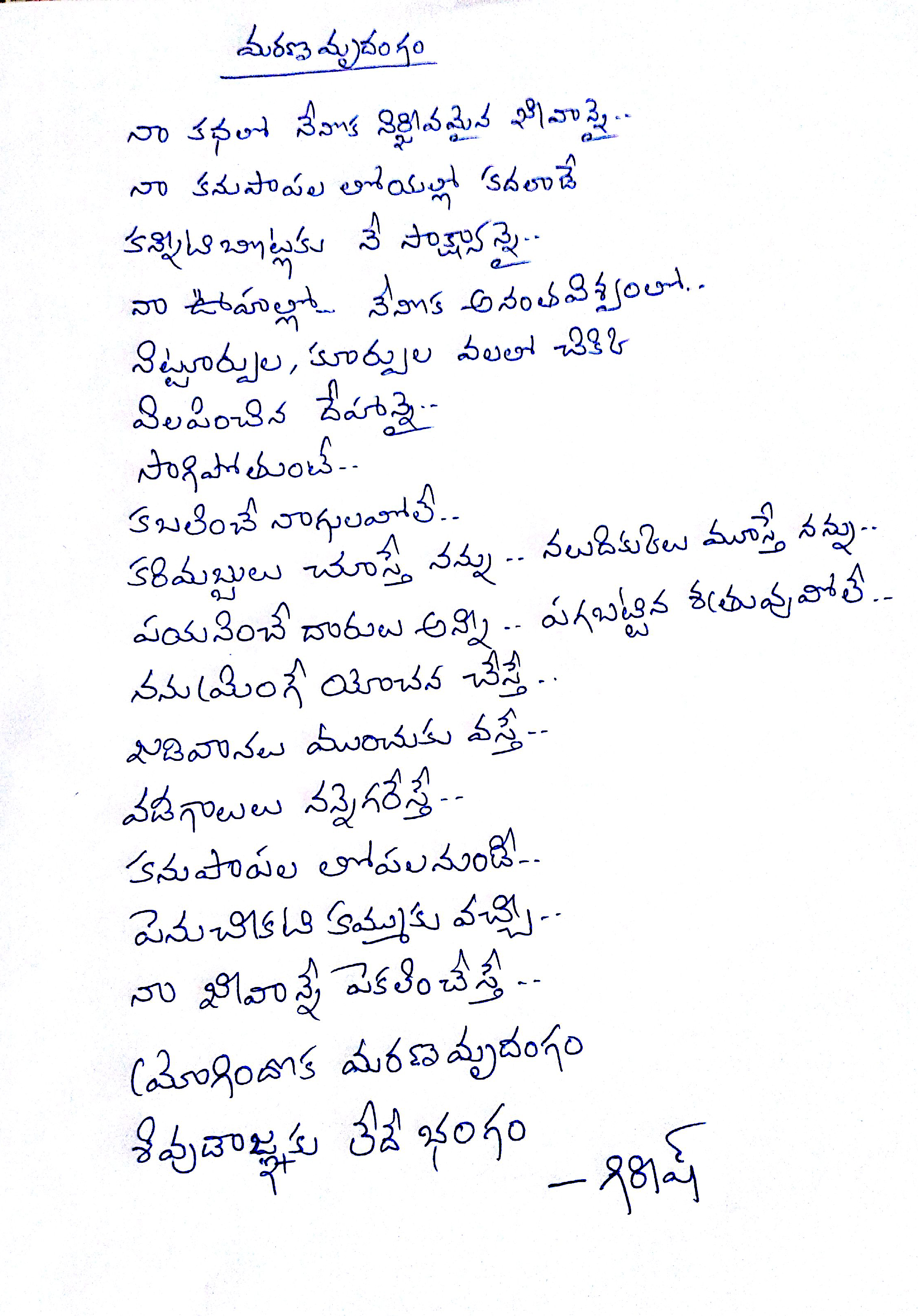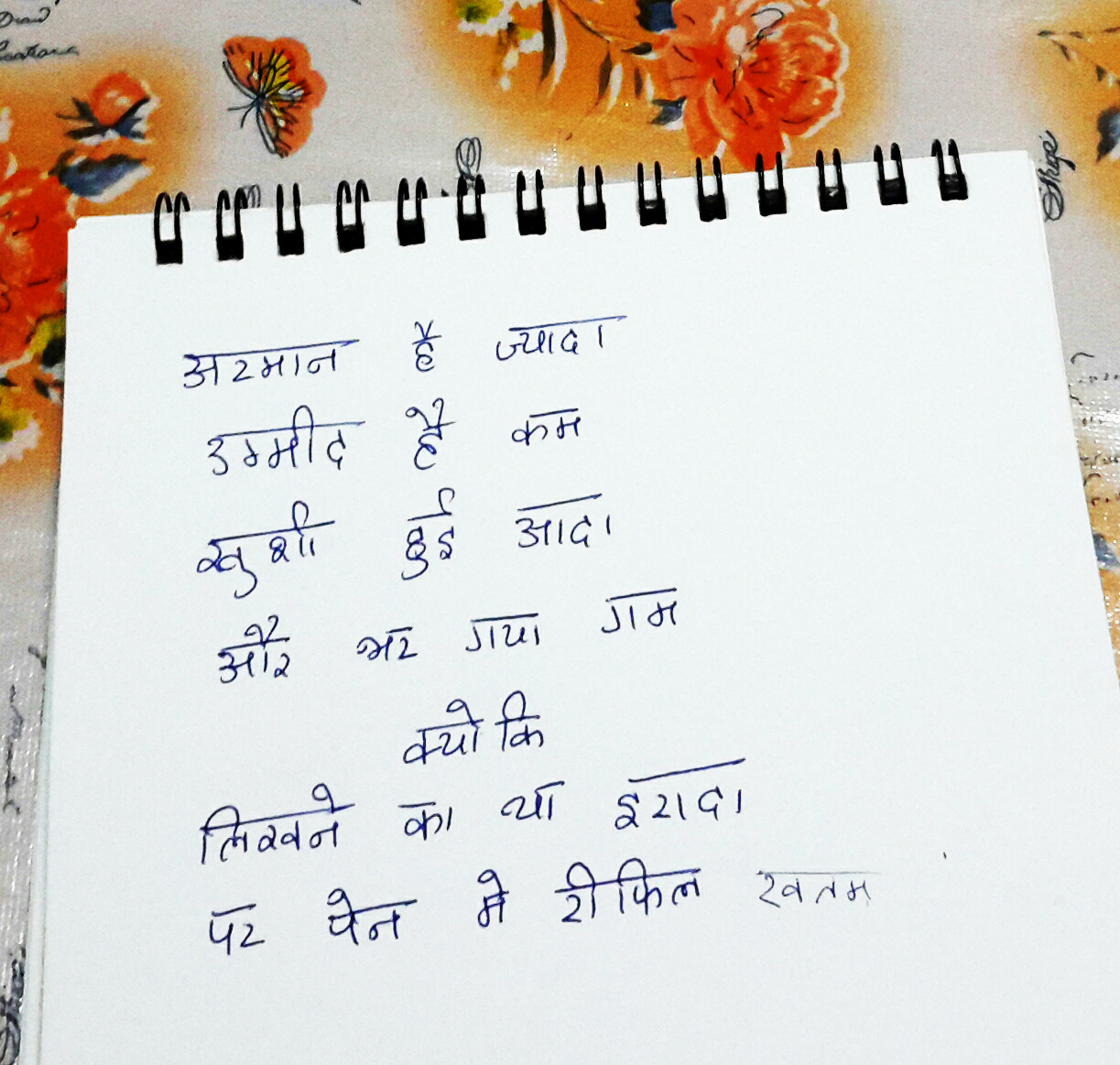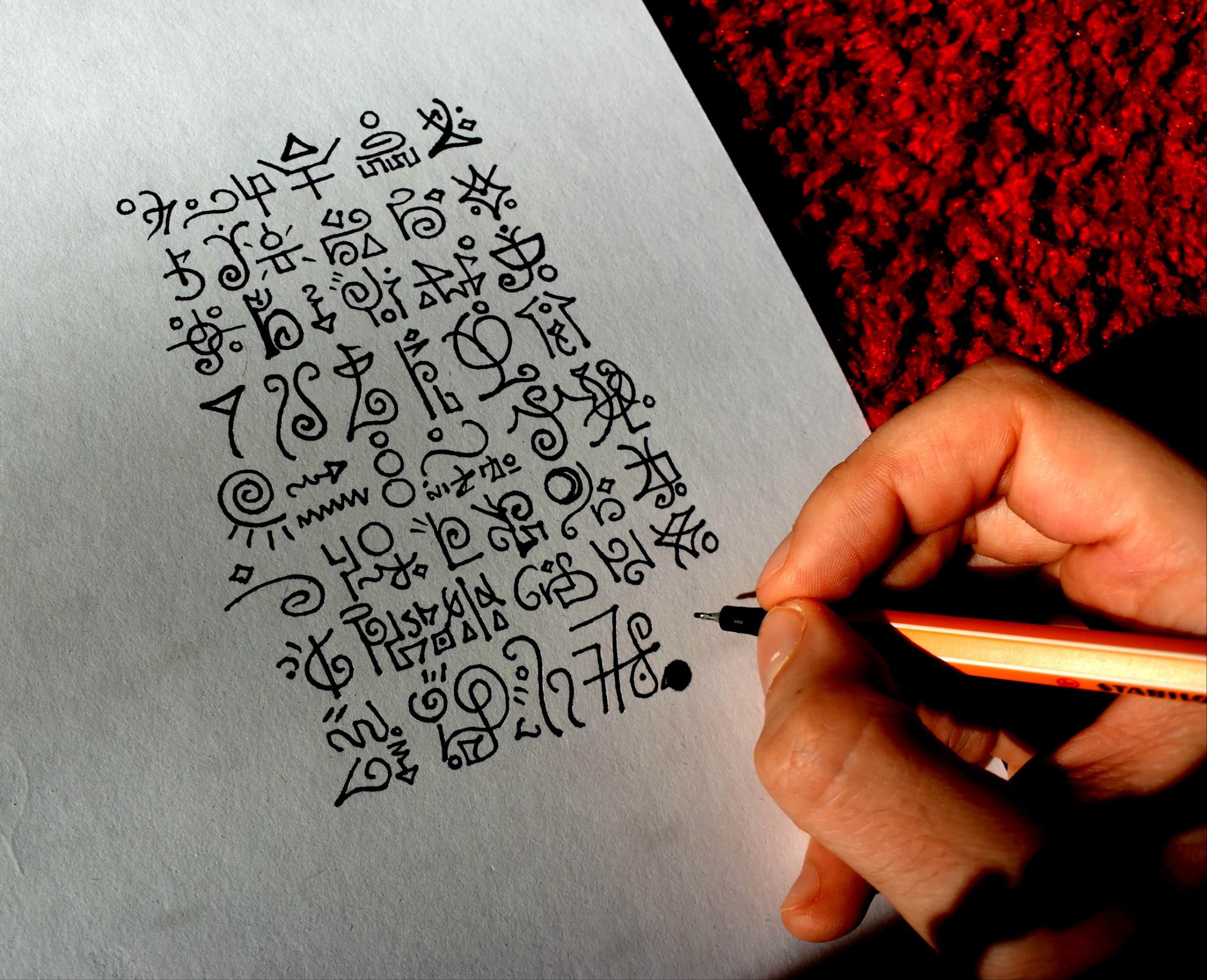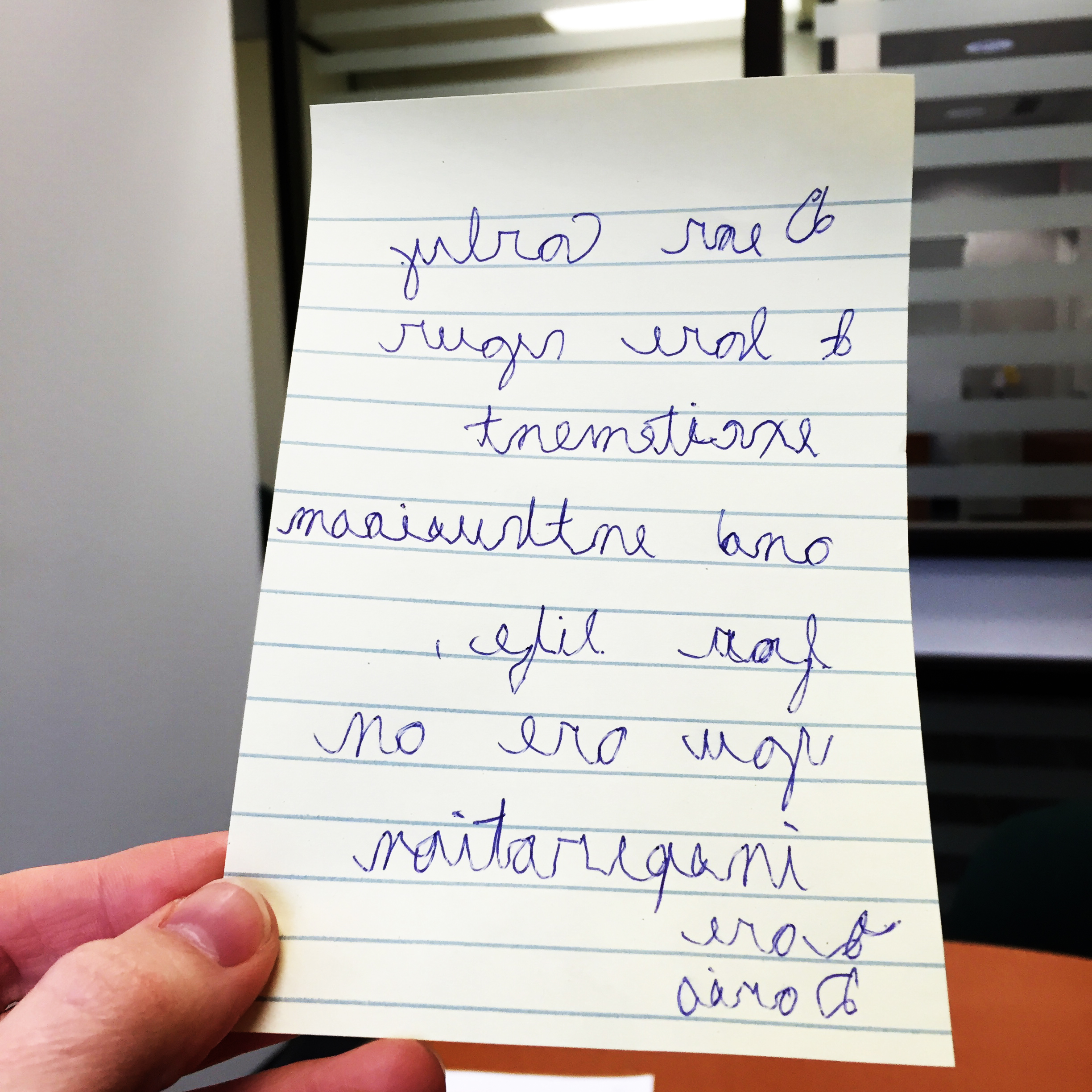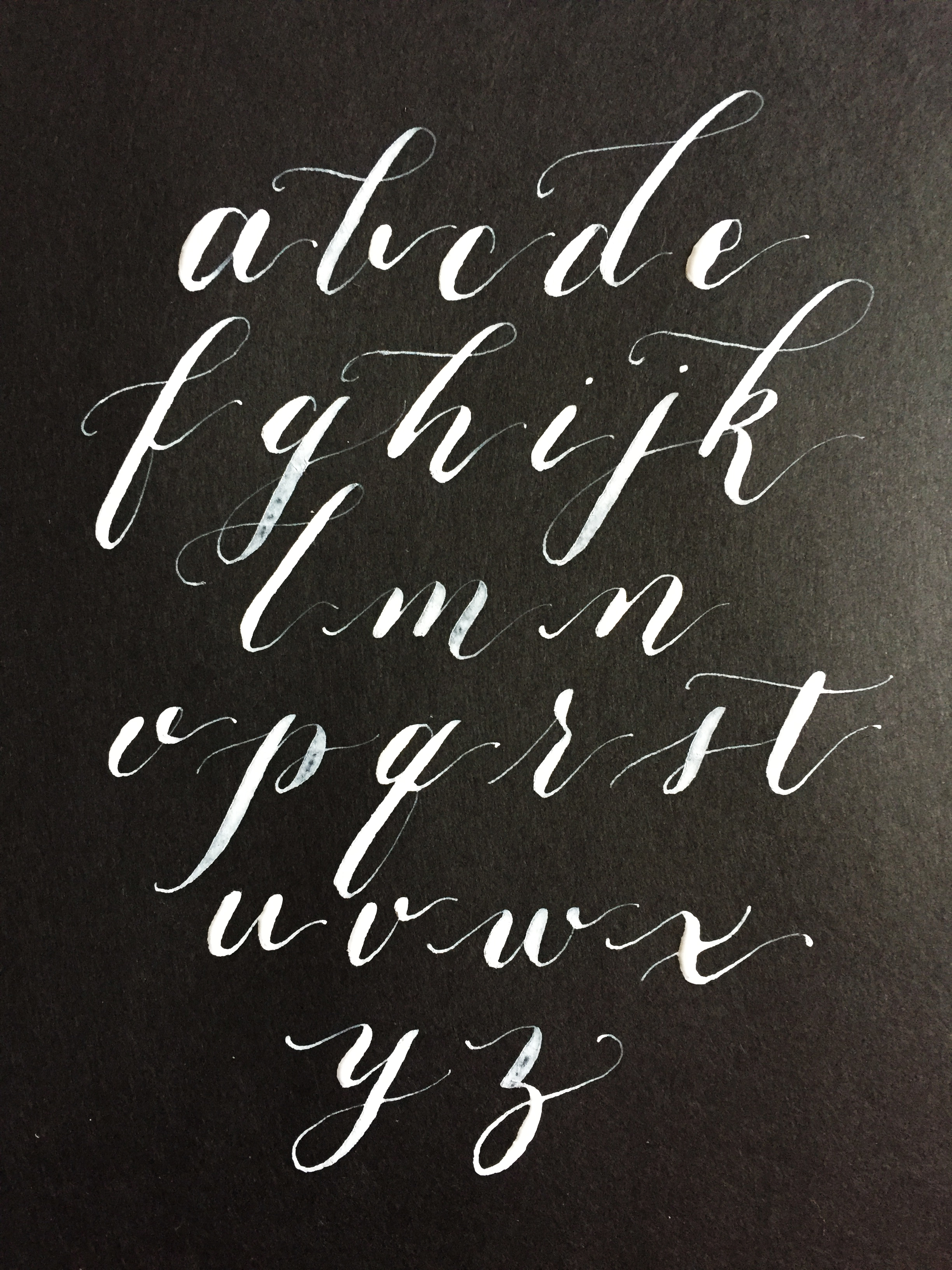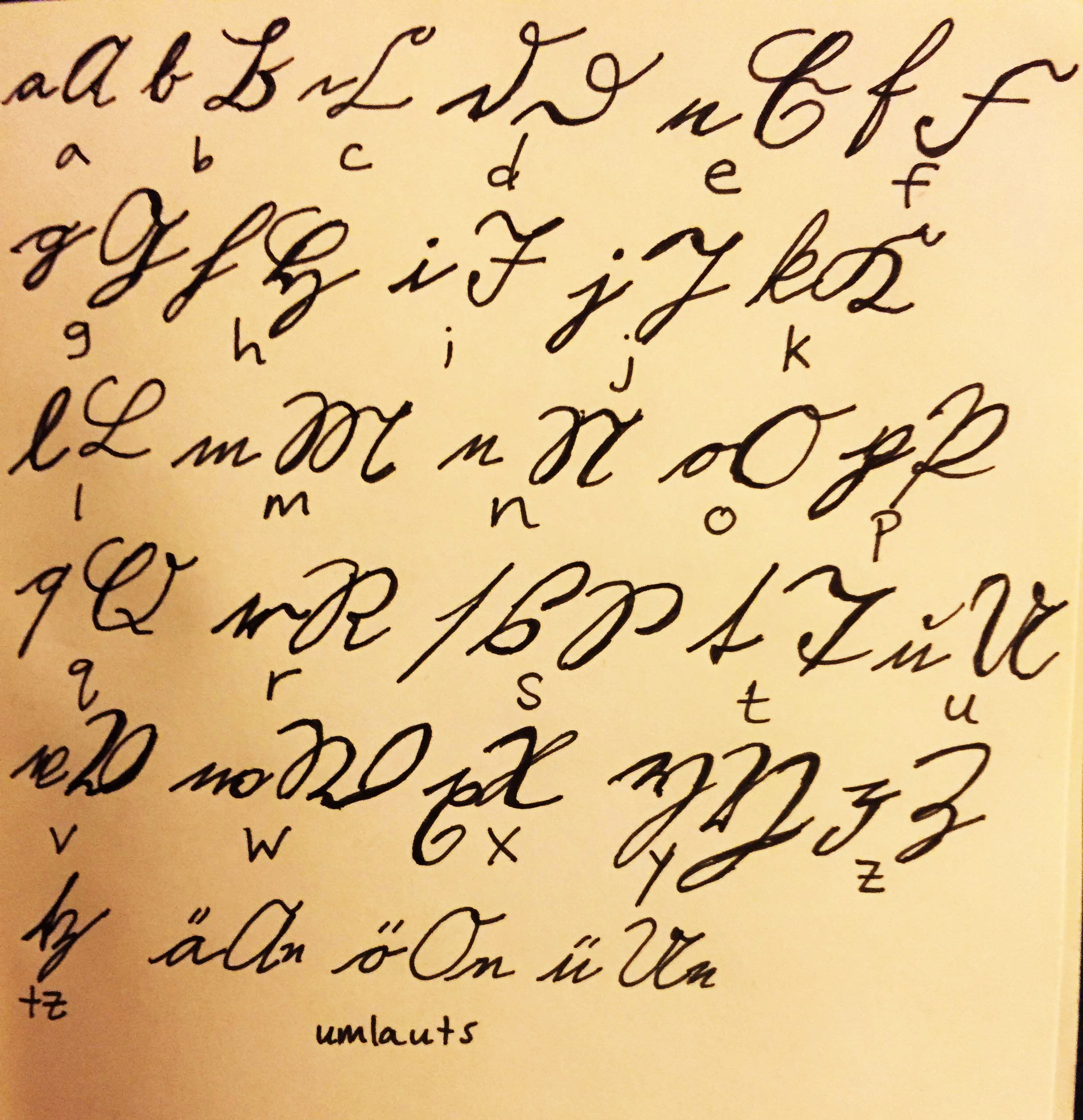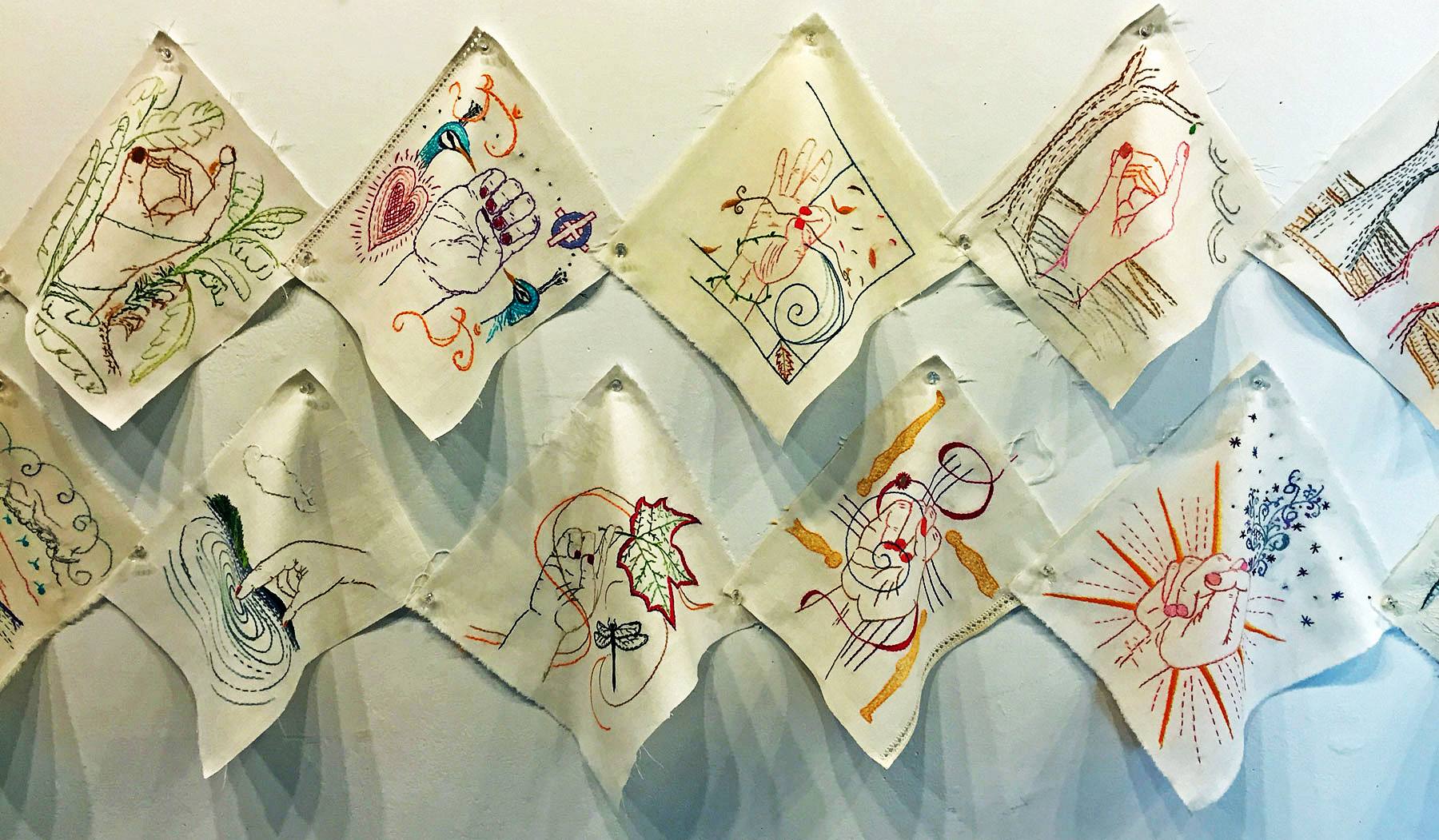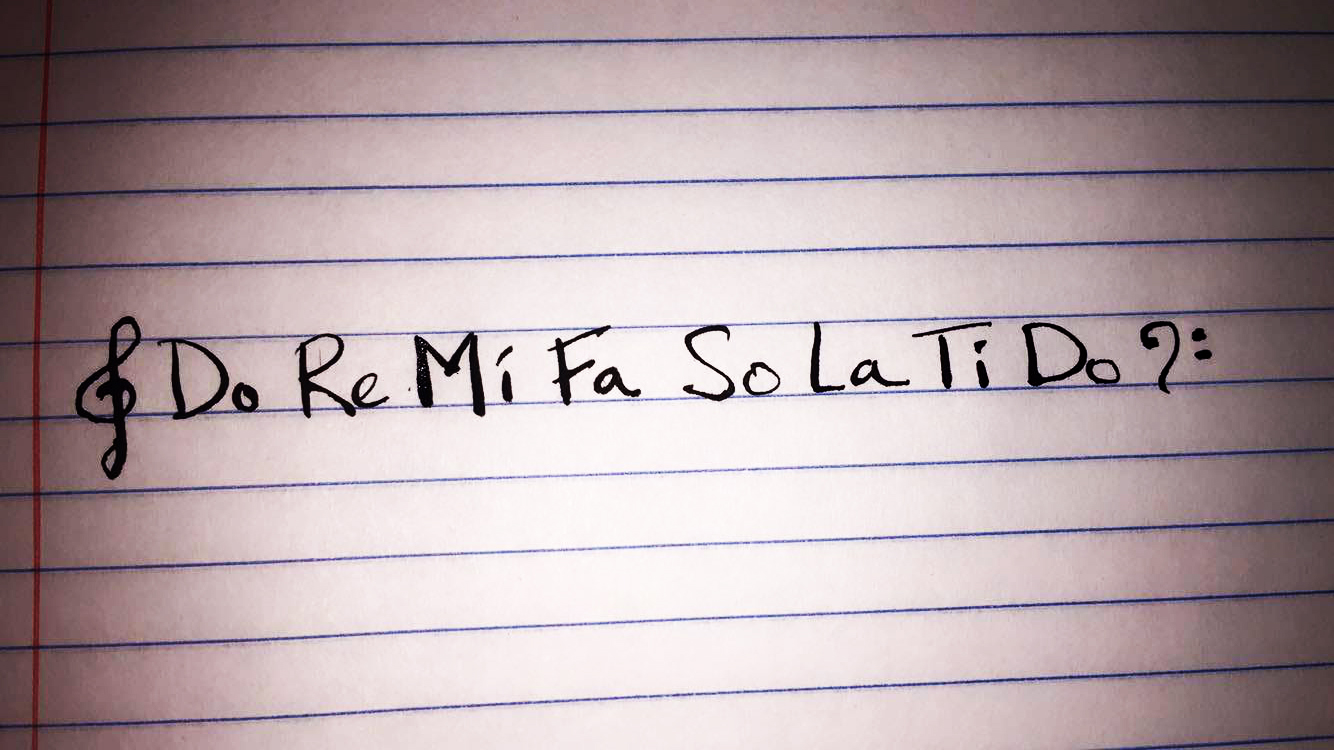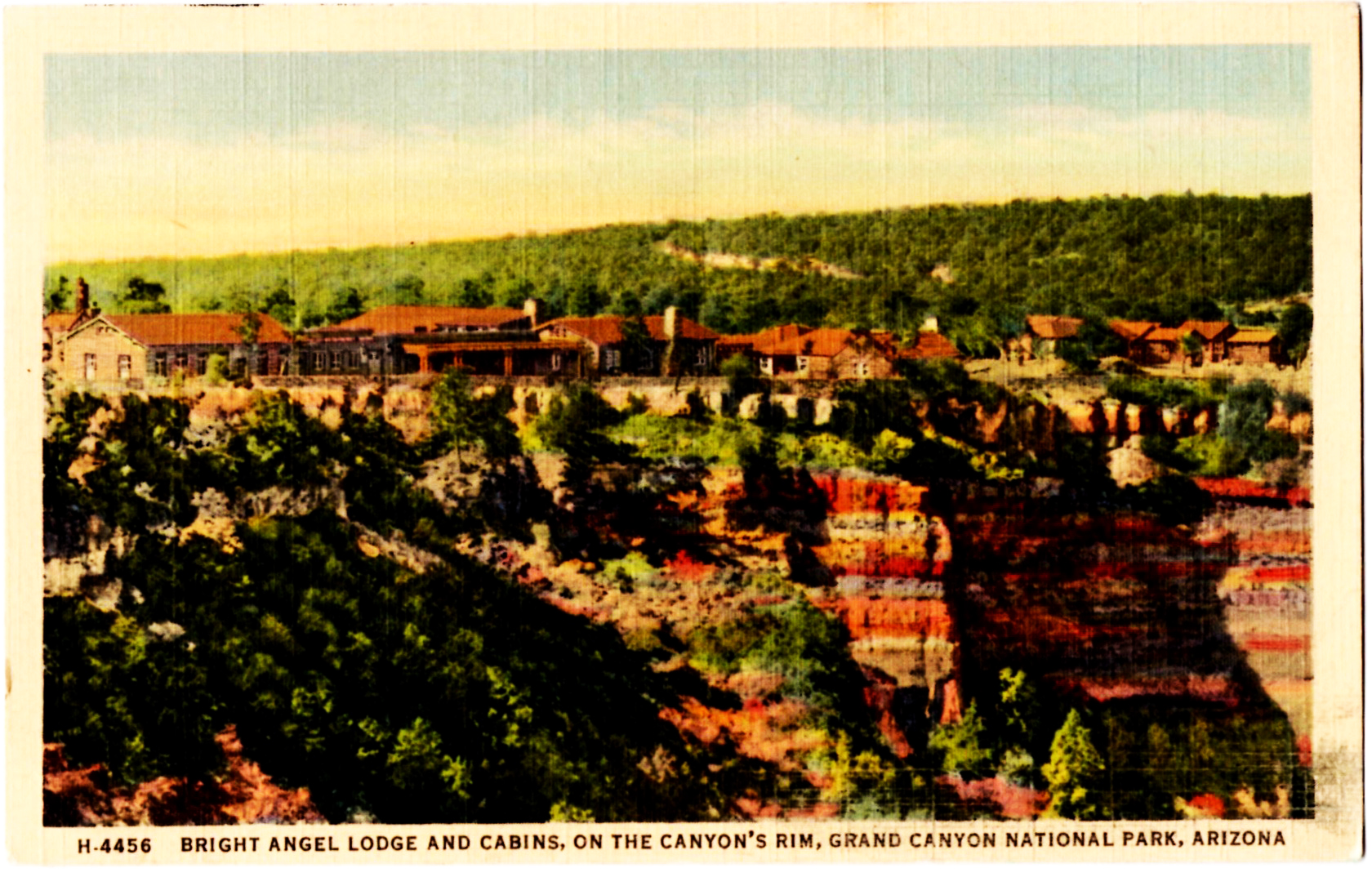Spinach Pie • Rozanne Gold
Bretty Rawson
Note from Curator Rozanne Gold: I am grateful to Steve North and his mother Bunny North for sending me this wonderful recipe belonging to Grace Cohen. Steve is one of my oldest friends and an award-winning journalist, and Bunny is one of the best bakers I know. Grace and Bunny were close friends for years. This poignant story was told to me by Michael Cohen, whose mother Grace was the owner/creator/handwriter of this delicious recipe. Thank you to Steve, Bunny, and Michael Cohen for the heartfelt memories.
Spinach Pie by Rozanne Gold
Imagine starting your day by breaking bread with both sets of grandparents and eating the same dish for seven consecutive years. Michael Cohen did. Talking (and thinking) about this handwritten recipe for spinach pie brought back memories of these breakfasts and illuminated an immigrant history that connected the Ottoman empire with the New World.
“I was so excited by this,” said Michael to me about receiving my phone call to discuss his mother’s handwritten recipe. “I called my sister, Sarita, immediately.”
Michael’s mother, Grace Cohen (née Matalon), came from a Sephardic Jewish family whose origins were rooted in Turkey and Greece.
Grace’s mother, Anna, was born in Istanbul. Anna attended the Alliance Française in her birthplace and spoke six languages: Spanish, Greek, Turkish, French, English and Ladino. Ladino, also known as Judeo-Spanish, was a Romance language derived from Old Spanish that was once the common language of the Jews who lived in the region of the Adriatic Sea, the Balkans, and the Middle-East. Grace's father, Meyer, was born in Salonika (also known as Thessaloniki) a port city located in Northern Greece.
Meyer and Anna met on a boat in the early 1900s en voyage to New York. They settled on the Lower East Side where a large Sephardic community gravitated towards each other and supported new immigrants. This was a time of no social welfare, so the community was quite insular and tightly knit. They were not very religious but the Sephardim leaned towards traditions.
Anna and Meyer eventually moved to Williamsburg, Brooklyn and had Grace, who was an only child. Grace married Michael's father, Sam Cohen, (who is now ninety-three and lives in Coconut Creek, Florida). Grace was 22 when she married Sam at the Roosevelt Hotel in New York City.
Grace and Samuel moved to Queens after Michael and his sister was born. Sarita has two children, Matthew and Gayle. Michael Cohen and his wife Marcia have one daughter, named Grace, who is seventeen.
Michael remembers his mother as a housewife and a very good cook. Grace passed away when he was thirty years old, more than three decades ago. He says that feeling never goes away.
"Whatever she cooked, we all ate and loved it. But actually, both of my grandmothers, Anna and Sara, made this dish. They called it desayuno and it was eaten for desayuno (which means breakfast.) Every day there was spinach pie, bourekas stuffed with cheeses or eggplant, and watermelon, fruits, figs, olives, feta cheese—every day! The only eggs we had were brown eggs boiled overnight on a low flame.”
Michael's paternal grandparents were also from Salonika. They all lived near each other for years in a bungalow in the Rockaways where they would share this glorious repast.
Ladino was spoken all the time. Michael doesn't speak it well but understands it. After all the grandparents died there was no more spinach pie for breakfast.
Since being reacquainted with this recipe, however, thanks to Michael's friend Steve North and his mother, Bunny North, who is the keeper of Grace's handwritten recipe, Michael is excited to make his mother's spinach pie again (…just maybe not every day). Sarita is the one who still makes it often.
The Sfongato or Fritada is like a pie, solid, and baked in a large tin. It is served warm and cut into large squares.
See the recipe made recently by Allison Radecki.
Spinach Pie
Fritada Sfongato
2 packages, 10 oz. frozen chopped spinach
4 eggs
1/2 cup Matzo meal
1/2 cup water
3/4 lb. feta cheese or farmer cheese**
1/4 tsp. salt
1/8 tsp. pepper
About 4 Tablespoons oil
1. Thaw the spinach. Press out water from frozen spinach.
2. Mix all ingredients together.
3. Put about 4 Tablespoons of oil in a baking pan. When oil gets very hot, sprinkle some matzo meal in pan. It should sizzle and get brown.
4. Pour mixture into hot pan and spread evenly.
5. Bake at 375 for about 1 hour or until the top and sides are brown.
**Even though Grace wrote farmer's in the recipe, it is much tastier made with feta. Bunny North said that feta wasn't that readily available 40 years ago, or that "kosher for Passover" feta wasn't available at all back then. And she always makes this recipe during Passover (as well as during the rest of the year).
















